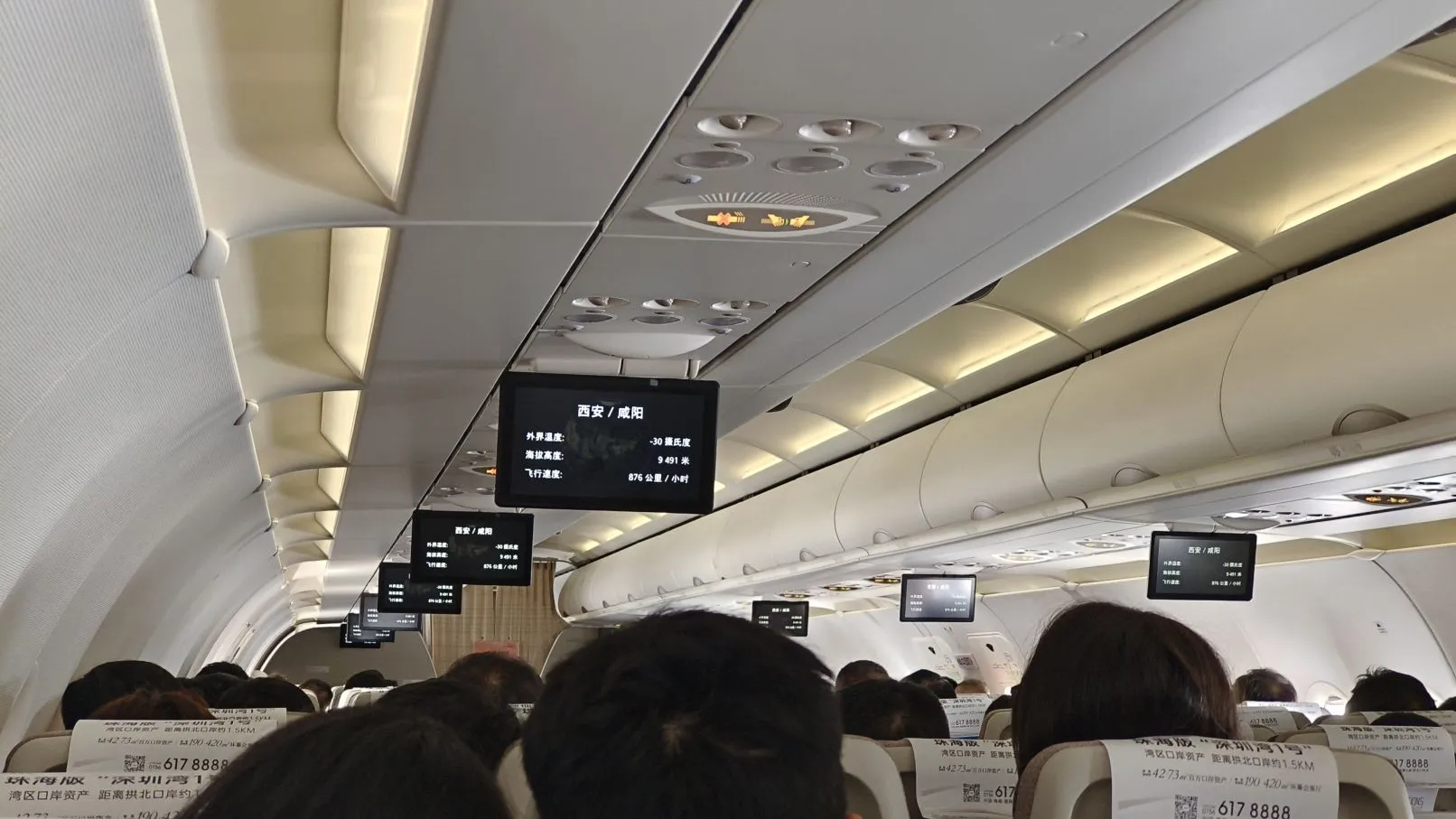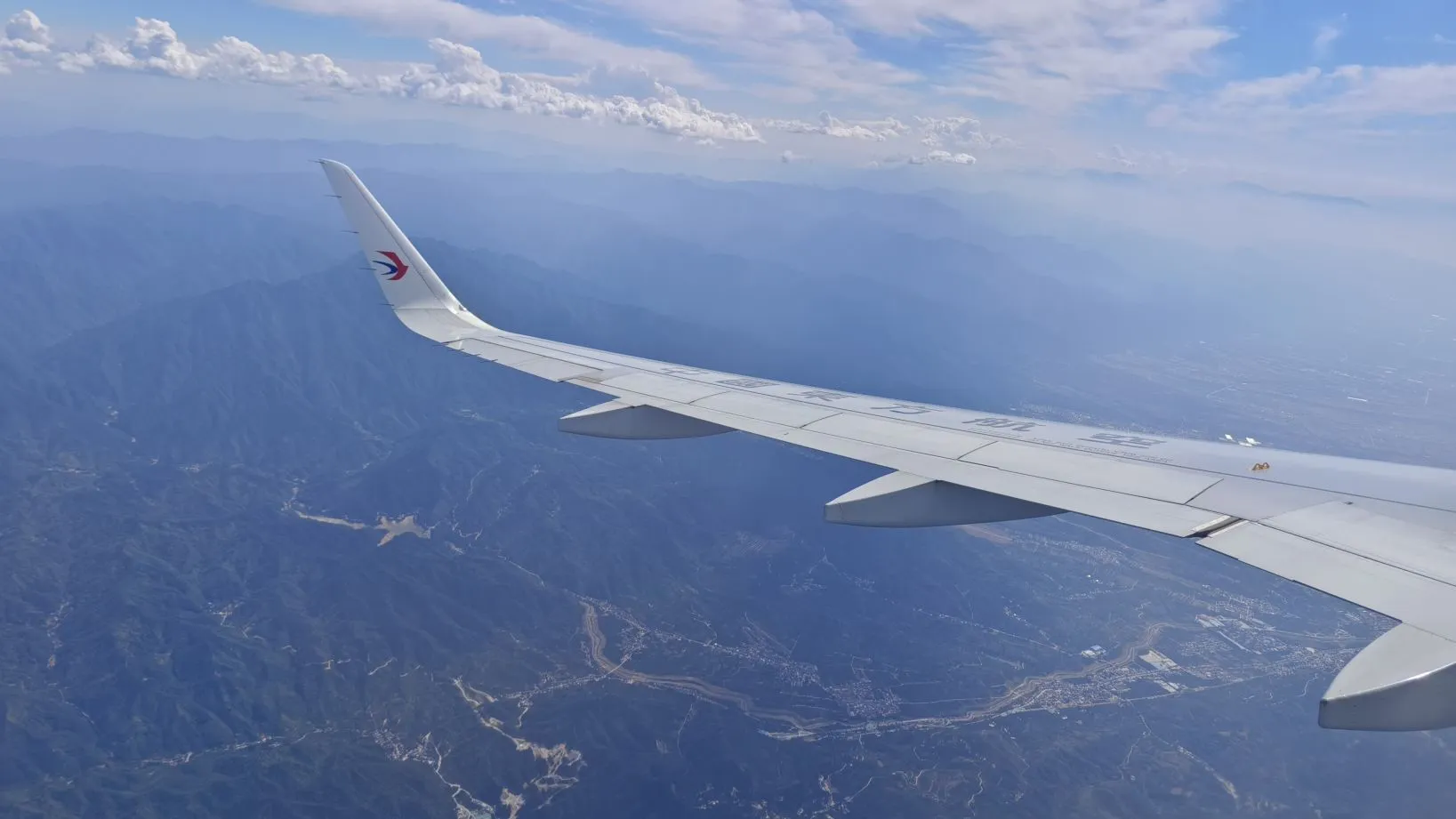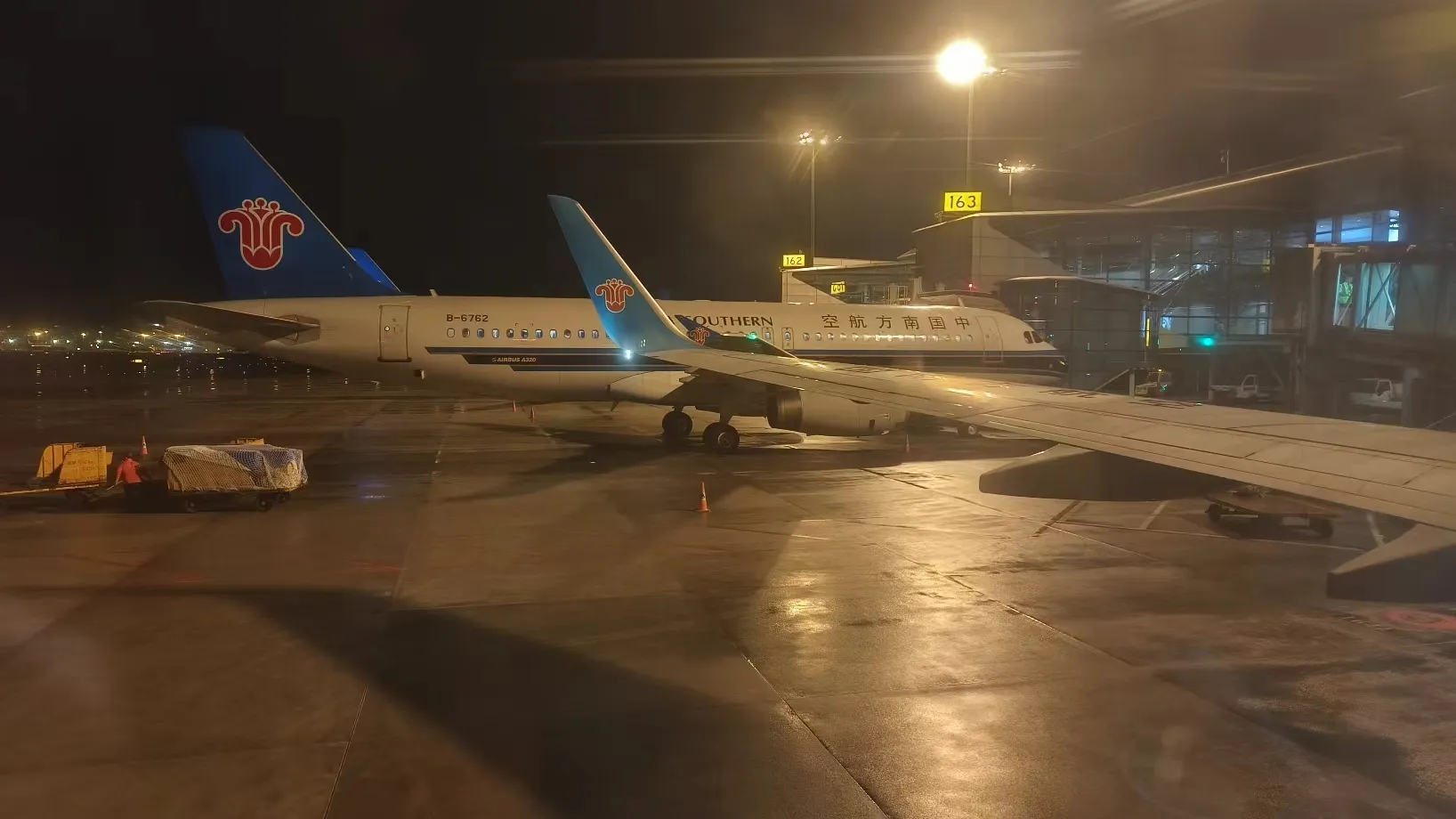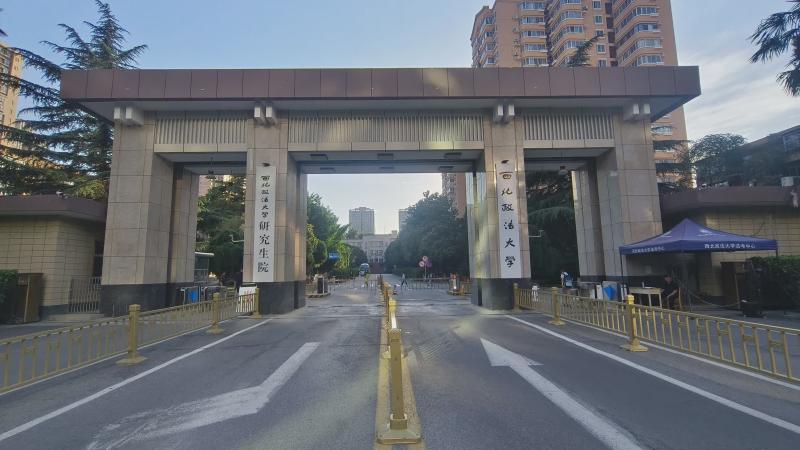From June 11th to 16th, I had the privilege of attending a professional skills training course organized by the Guangdong Law Society, held at the Yanta Campus of Northwest University of Political Science and Law in Xi’an, Shaanxi Province. Although the duration was only a week, the intensive learning program and the post-class experiences left a deep impression on me.
Training Courses
Interpretation of the Spirit and Key Points of the Two Sessions
The instructors interpreted the spirit of the Two Sessions from the perspectives of Shaanxi and Guangdong, particularly delving into the “Qinling Villa” incident that occurred in previous years. Due to the sensitive nature of the content, it will not be reiterated here. After class, classmates from Dongguan specifically invited everyone to visit the site of the “Qinling Villa” incident. However, since several years have passed, the original site of the illegal villa construction has now been transformed into the “Qinling Harmony Forest Park.”
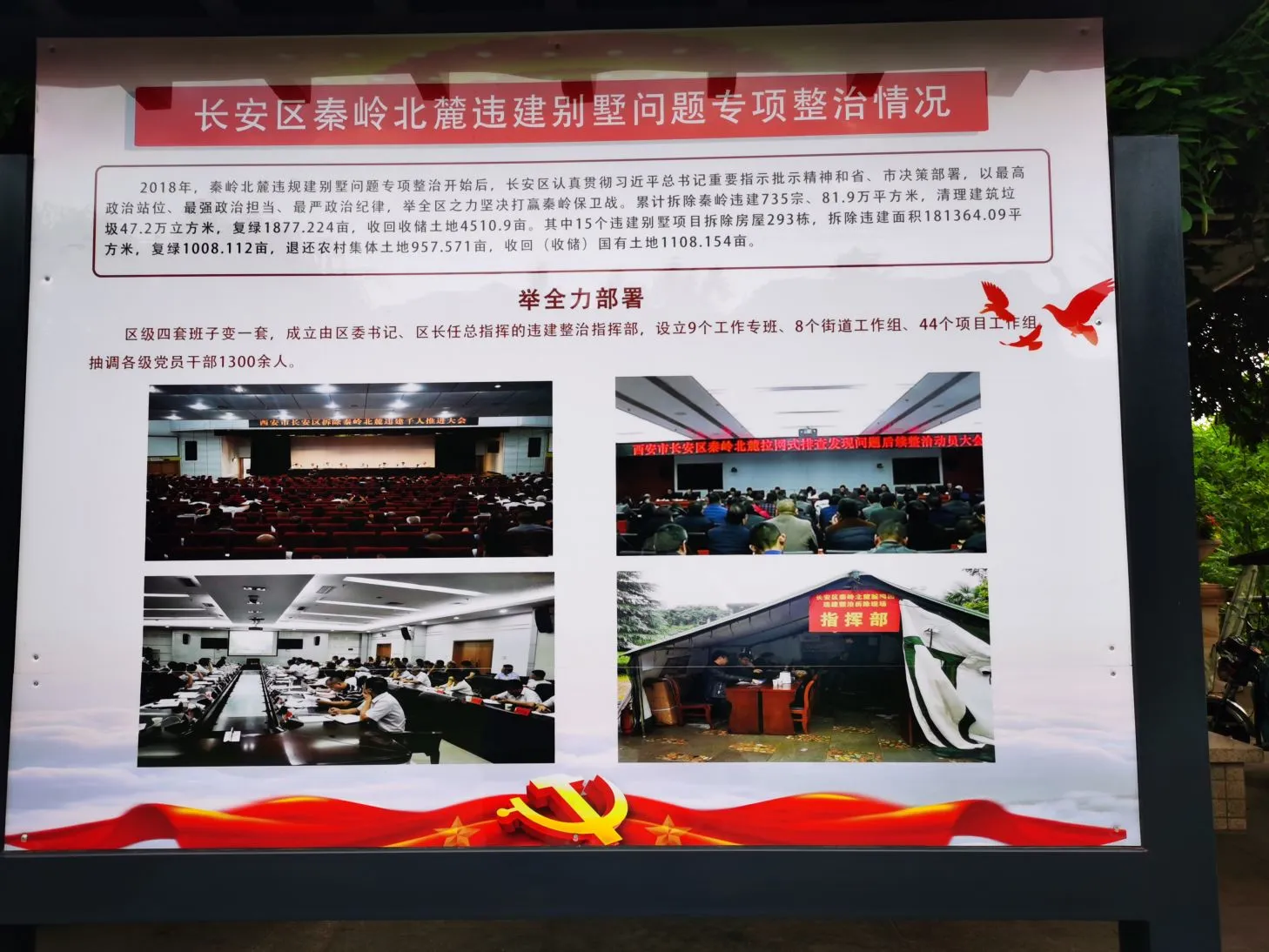
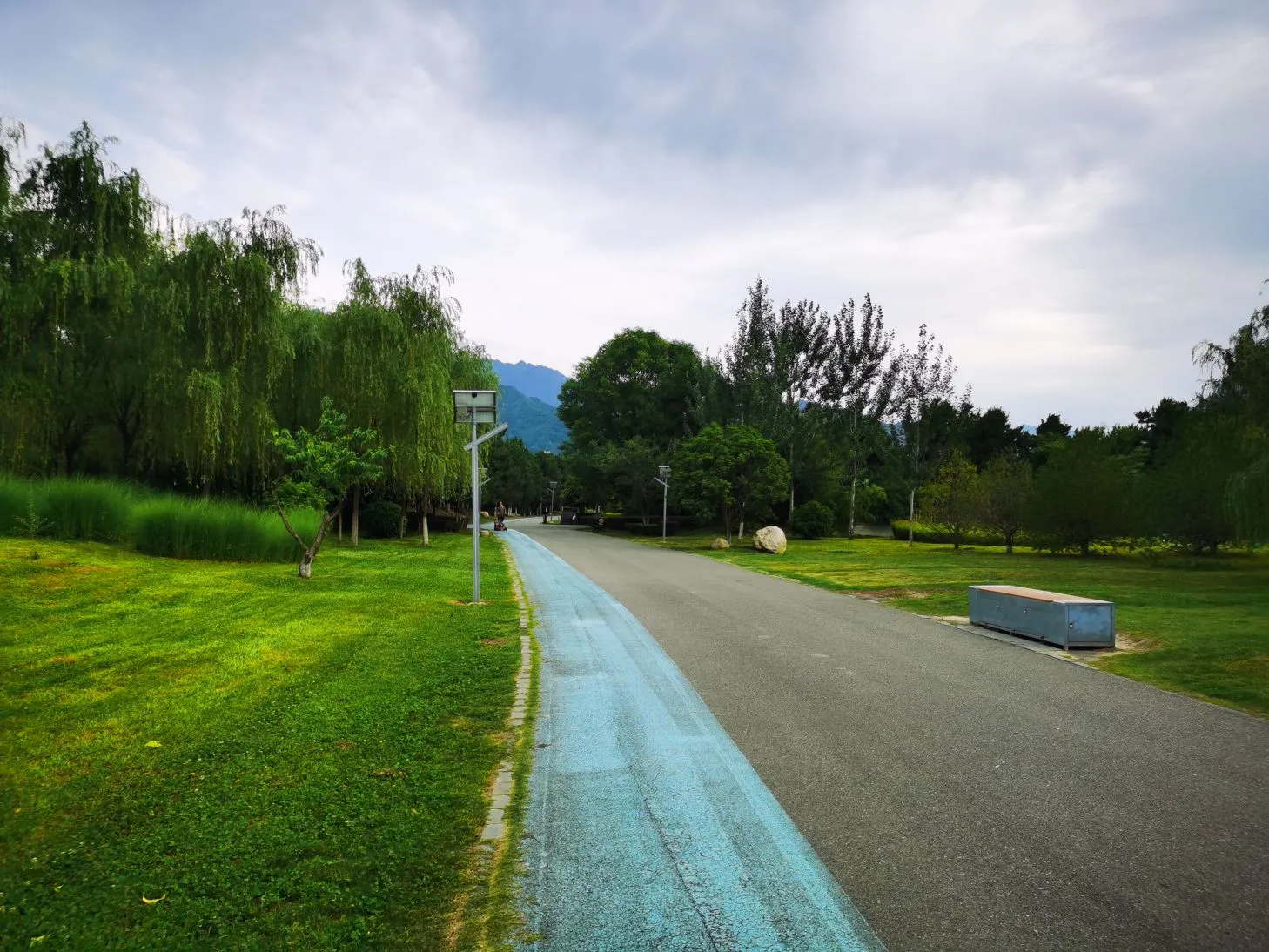
Fengqiao Experience and Social Governance Innovation
The instructor is an expert in Fengqiao Experience and social governance research, having published several academic works on the subject. During the course, two aspects particularly caught my interest:
- The distinction between the roles of community residents’ committees and village committees. This mainly involves the differences in functions, operational models, and participation methods between village committees and residents’ committees in the process of social governance.
- The implementation procedures in the process of balancing cultivated land occupation and compensation. This mainly involves some procedural doubts in the conversion of rural homesteads into cultivated land and the transfer of cultivated land indicators between regions.

Yan’an Spirit and Its Contemporary Value
The instructor had a thorough grasp of Yan’an revolutionary history, and the most memorable parts were the details of the “Xi’an Incident” and the “Chongqing Negotiations.” To this end, the school arranged a visit to the Xi’an Incident Memorial Hall for further study.

The New Pattern of Comprehensive Opening-Up and the New Layout of China’s Foreign-Related Legal System Construction
The instructor is an expert in international private law in China and has participated in international private law agreement negotiations with the Ministry of Foreign Affairs. This course provided me with a systematic and new understanding of the increasingly popular field of foreign-related legal work. Overall, China’s foreign-related legal work is still in its infancy, with much to catch up on, and it is severely mismatched with its economic and political status. This field will undoubtedly become a hot topic in the legal discipline for the next few decades.
For example, when discussing the shortage of domestic legal talent, the instructor cited data showing that out of 700,000 lawyers in China, fewer than 10,000 can engage in foreign-related legal practice, fewer than 300 can participate in overseas litigation and arbitration trials, and fewer than 30 can provide international legal services in dispute resolution bodies of international organizations like the WTO. In terms of foreign-related legal rules and system construction, more than 95% of China’s import and export trade currently chooses foreign laws, the loss rate in overseas trials or arbitrations is over 95%, and more than 95% of cases handled by domestic foreign-related institutions involve Mainland China, Hong Kong, Macao, and Taiwan. In UN agencies, the proportion of Chinese civil servants is less than 1/15 of China’s contribution ratio, with almost none engaged in legal affairs, and China has almost no participation or voice in the construction of international legal rules.
Finally, the instructor proposed several highly targeted measures that, if adopted and persistently implemented, could partially alleviate this issue.

Current Status and Countermeasures of Juvenile Crime
Juvenile crime has been one of my key areas of focus in recent years. In this course, I was particularly interested in the instructor’s discussion of female juvenile crime, which I had not previously encountered much. I took this opportunity to further understand the situation.
Overall, the number of female juvenile crimes is relatively small, but both the absolute number and relative proportion are showing an increasing trend year by year, with the consequences of the crimes becoming more severe, which still requires attention.
Characteristics of Female Juvenile Crime
- Diversified types of crimes, increasingly violent methods, and characteristics unique to females;
- Mostly group crimes, with short-term sentences being the main form of punishment;
- Mostly situational and impulsive crimes;
- Victims are mostly female.
Psychological Causes of Female Juvenile Crime
- In terms of information processing, they focus on vulgar content and perform poorly academically;
- In terms of behavior regulation and control, the main motive for crime is financial gain, with many negative emotions, low levels of need, and incorrect values;
- In terms of psychological characteristics, they have low emotional intelligence and incomplete personalities. In terms of mental health, they often endure significant stress for a long time before committing crimes;
- Before committing crimes, they often feel empty and bored, exhibit deviant behaviors, and have psychological trauma. Relevant departments should carry out targeted prevention and educational reform based on these factors.

Jiao Yingna, Su Chunjing, Yu Peng, Kou Xin: Characteristics and Psychological Causes of Female Juvenile Crime. Research on Juvenile Crime Prevention. Issue 4, 2023.
The Civil Code in the Context of Hot Cases
The instructor is a rare “all-rounder.” As a law professor, he also teaches English, works as a part-time lawyer, has experience in broadcasting and hosting, can perform and do voiceovers (e.g., Mao Zedong, Zhou Enlai), has hosted a legal lecture series on CCTV-12, and has a high level of calligraphy skill. Using more than 10 simple cases, this instructor compared and explained some changes and existing issues after the introduction of the Civil Code.
For example, although the Civil Code for the first time established legal liability for damages caused during emergency rescue situations, there are still loopholes. If rescuers are not held accountable for grossly negligent rescue actions, it could easily lead to the legislative purpose deviating from the expected effect. For instance, using the wrong fire extinguishing tool, causing the fire to intensify, or using excavation tools incorrectly, leading to increased harm to the victim, or causing minor injuries to become severe or even fatal during the rescue process, and there have already been some real-life examples.
Article 184 of the Civil Code: A rescuer who voluntarily performs an emergency rescue act and causes harm to the rescued person shall not bear civil liability.

Analysis of Current Hot Social Issues in China
The instructor’s style is very distinctive, mainly analyzing from the current international and domestic situation, believing that we are and will be in an era of great social change for a long time, also in a background of “moving forward with heavy burdens.” How to rationally understand and embrace the era through the many social hot issues closely related to “legalism” occurring today, and how to accurately position oneself, especially in this highly uncertain era.
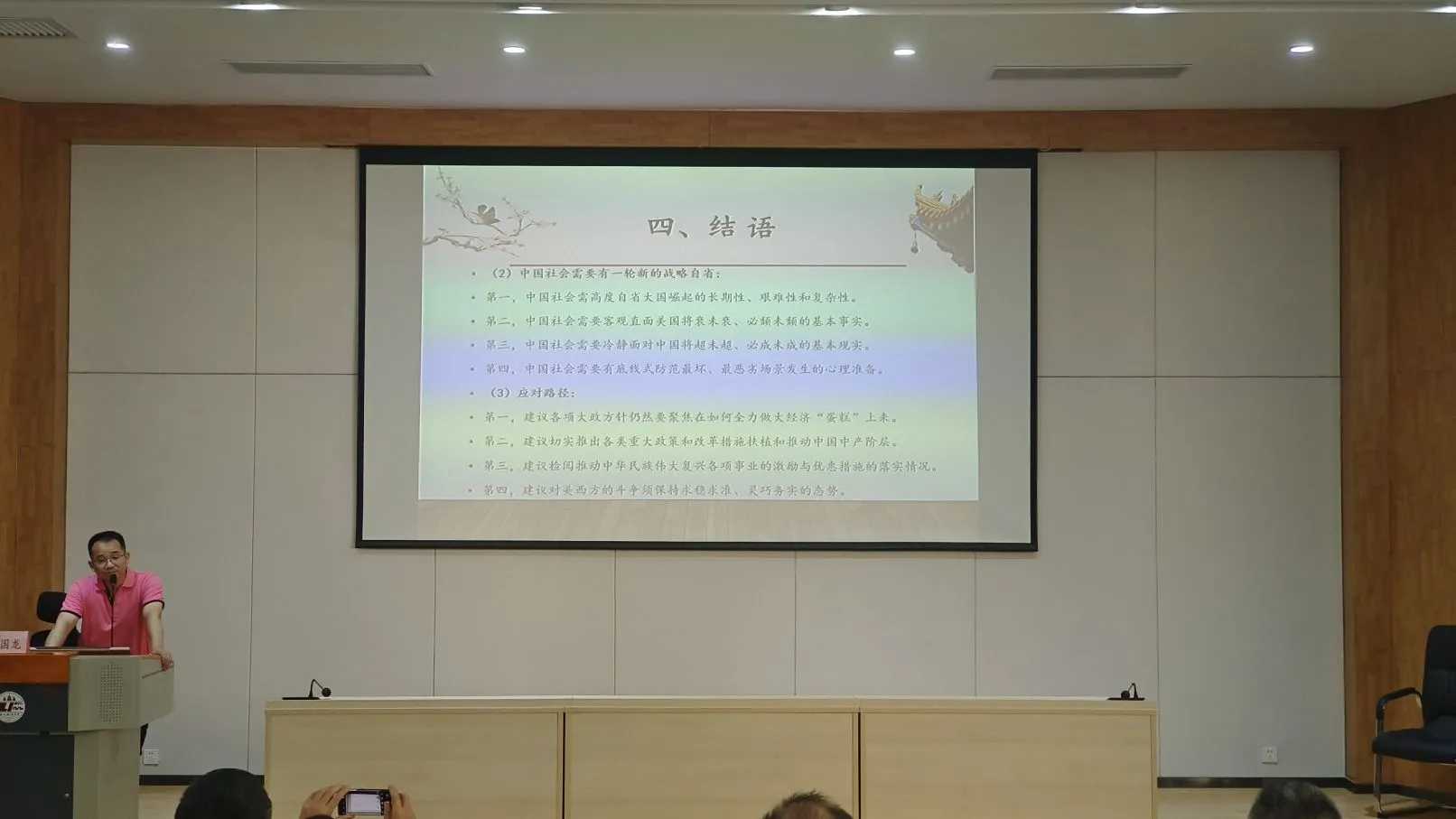
Off-Campus Learning Courses
Xi’an Incident Memorial Hall
The Xi’an Incident Memorial Hall (Zhang Xueliang Mansion) is a site museum based on the important historical sites of the Xi’an Incident, including Zhang Xueliang’s Mansion and Yang Hucheng’s Zhiyuan Villa. The total area is 9,141 square meters. On February 23, 1982, the Xi’an Incident site was named the second batch of national key cultural relics protection units by the State Council. In October 1983, the Xi’an Incident Memorial Hall Preparatory Office was established. In December 1986, on the 50th anniversary of the Xi’an Incident, the Xi’an Incident Memorial Hall was officially completed and opened to the public.

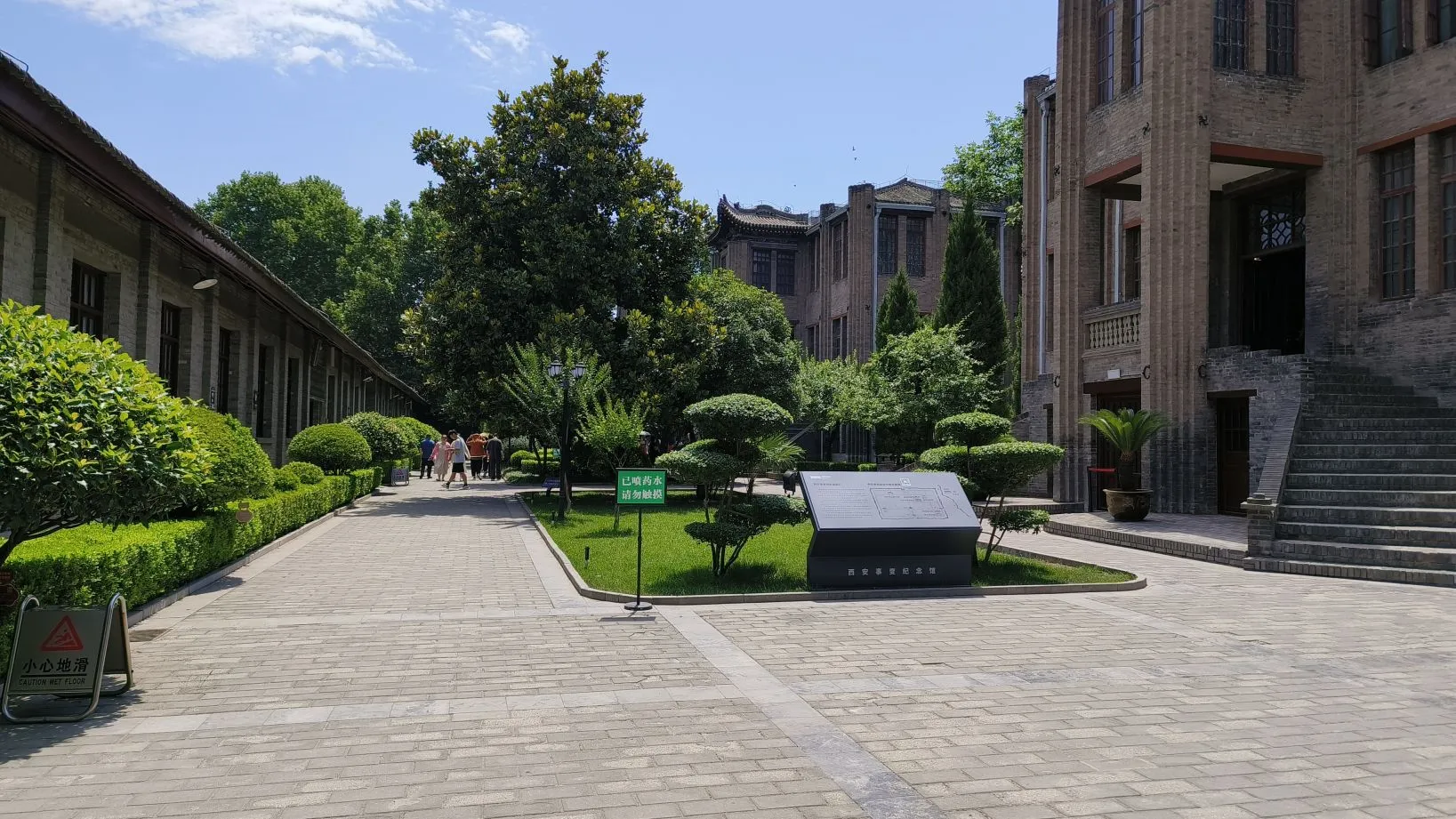
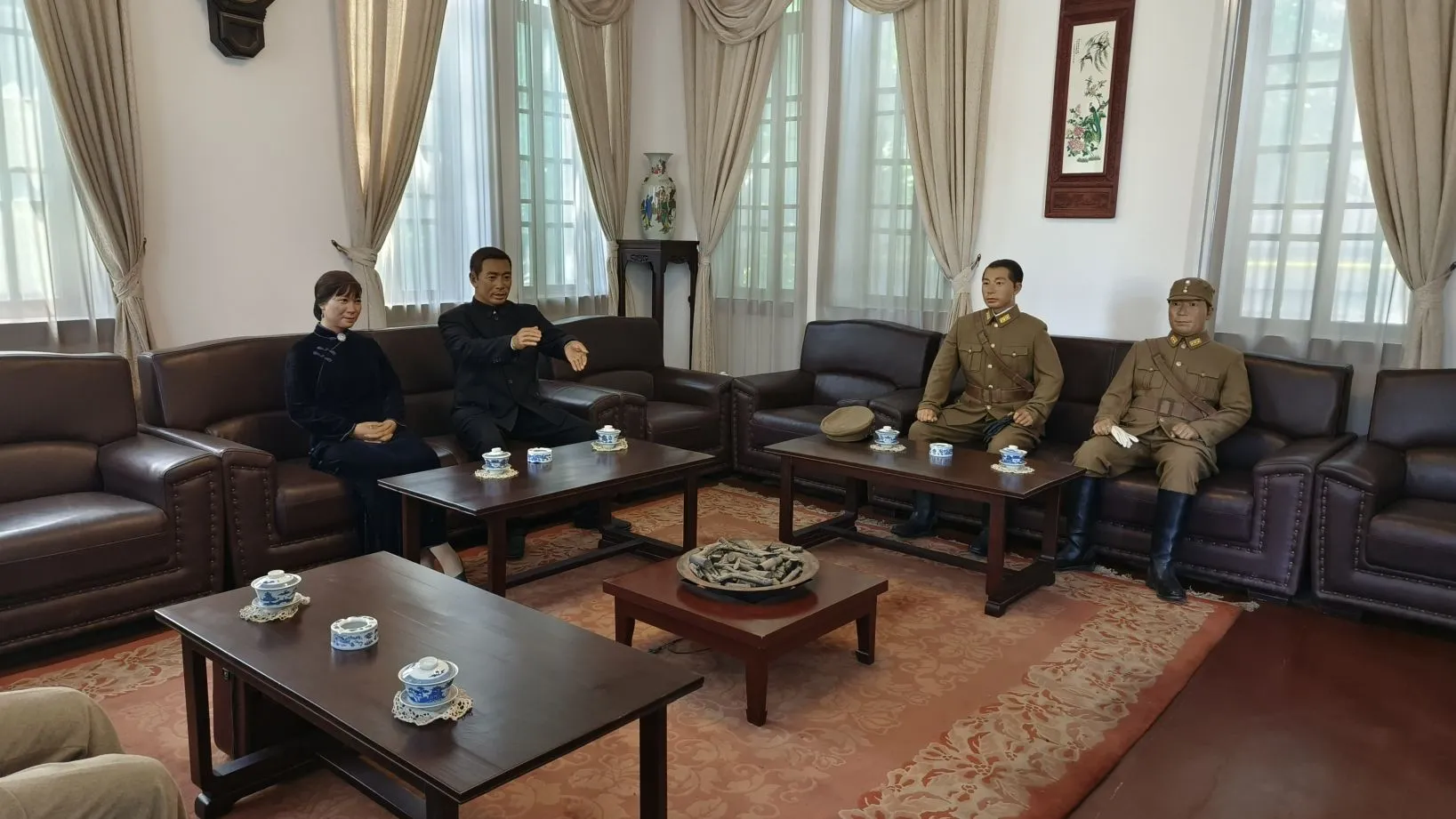
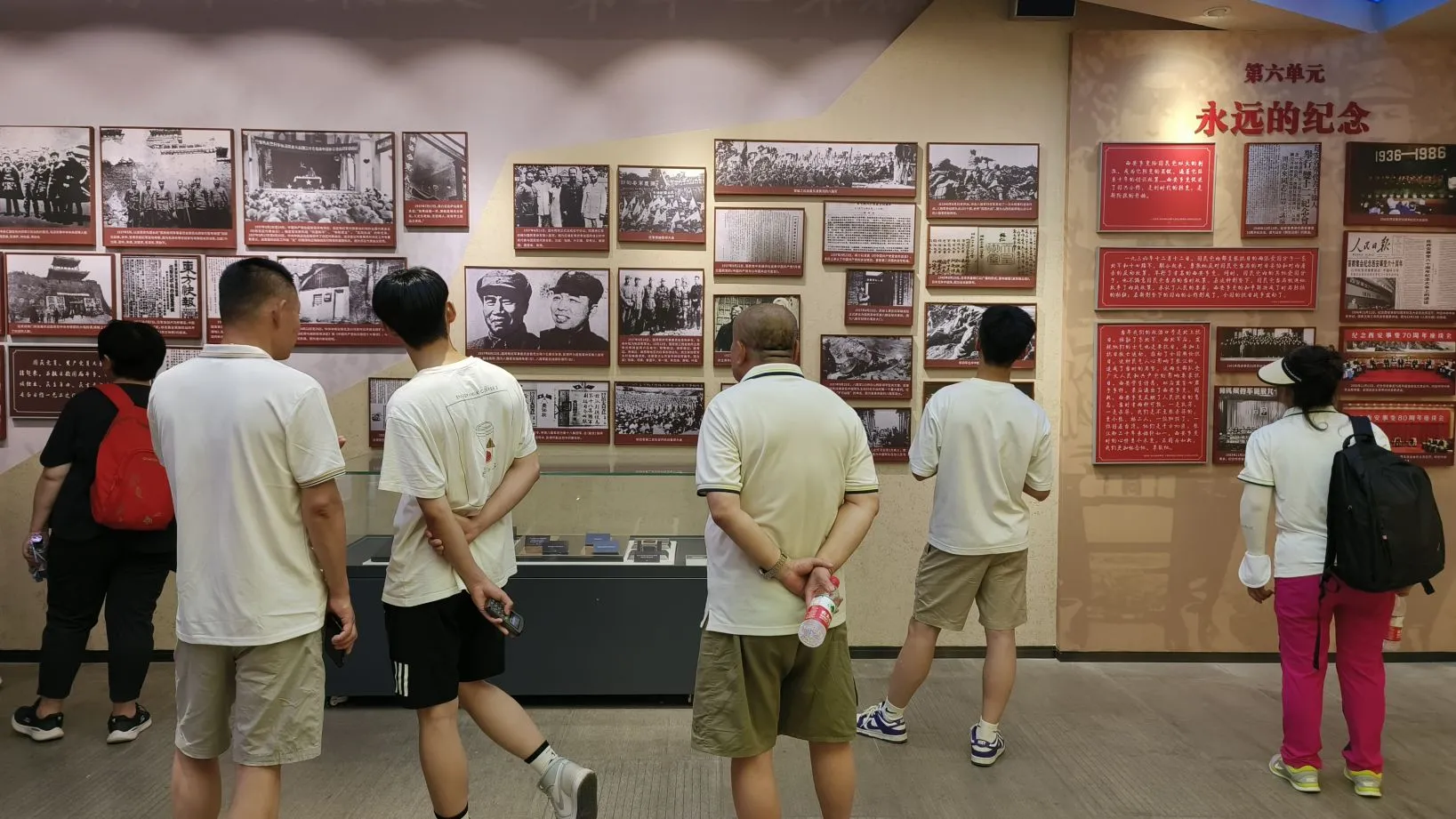
Ming City Wall Ruins
The Xi’an City Wall is one of the largest and best-preserved ancient city walls in China. It is one of the first batch of national key cultural relics protection units, a national AAAAA-level tourist attraction, and the only city wall structure among the first batch of national key cultural relics protection units. The Xi’an City Wall in a broad sense includes the Tang Dynasty city wall and the Ming Dynasty city wall of Xi’an, but it generally refers specifically to the Ming Dynasty city wall of Xi’an. The Xi’an Ming Dynasty City Wall is located in the central area of Xi’an, Shaanxi Province, with a height of 12 meters, a top width of 12-14 meters, a bottom width of 15-18 meters, and a closed rectangular outline with a circumference of 13.74 kilometers. The area inside the city wall is habitually called the ancient city area, covering an area of 11.32 square kilometers, with the famous Xi’an Bell and Drum Towers located in the center of the ancient city area.
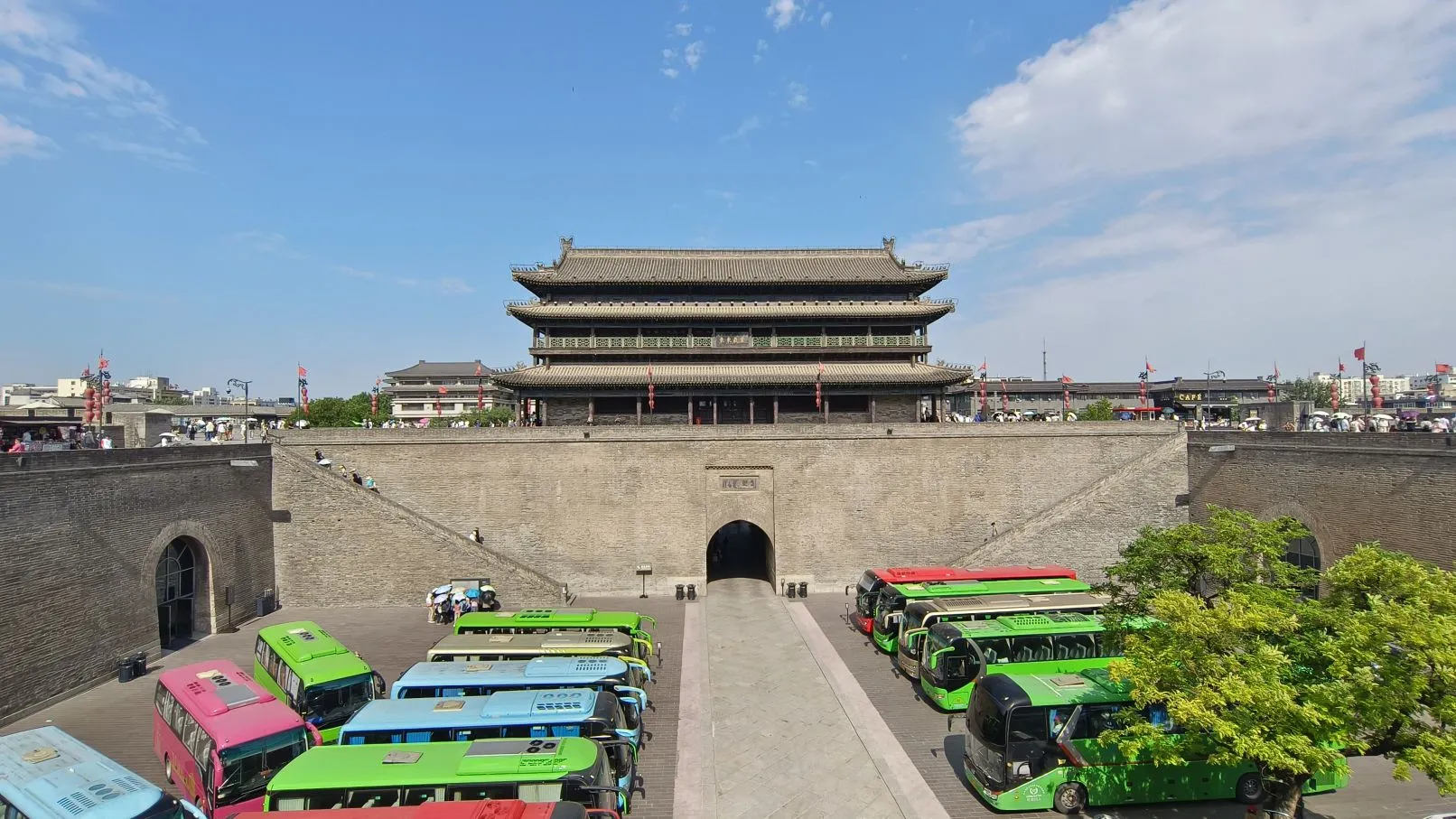
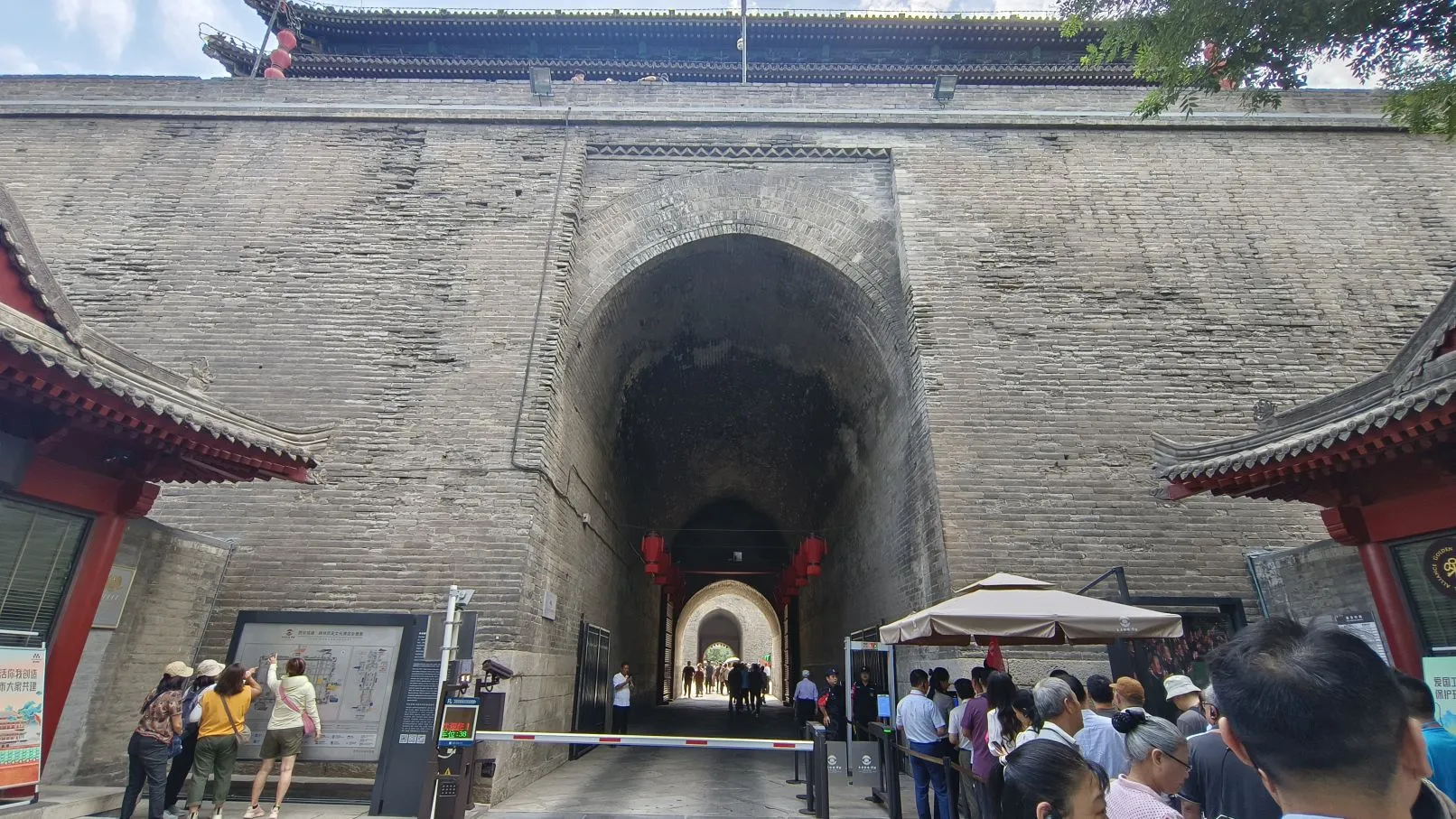

Small Wild Goose Pagoda and Xi’an Museum
The Small Wild Goose Pagoda is located in the Jianfu Temple in Anrenfang, Tang Chang’an City (now in the southern suburbs of Xi’an, Shaanxi Province), also known as the “Jianfu Temple Pagoda,” built during the Jinglong period of the Tang Dynasty. Along with the Big Wild Goose Pagoda, it is an important landmark preserved from Tang Chang’an City. The Small Wild Goose Pagoda and the ancient bell in the Jianfu Temple Bell Tower are collectively known as the “Morning Bell of the Wild Goose Pagoda,” one of the “Eight Scenes of Guanzhong,” and are part of the Xi’an Museum, a national AAAAA-level tourist attraction. The Small Wild Goose Pagoda is a typical example of early square dense-eave brick pagodas in China, originally with 15 layers, now with 13 layers remaining, standing 43.4 meters high. The pagoda is elegant in shape and is a representative of Tang Dynasty Buddhist architectural art, a landmark building symbolizing the integration of Buddhism into Han culture in the Central Plains.
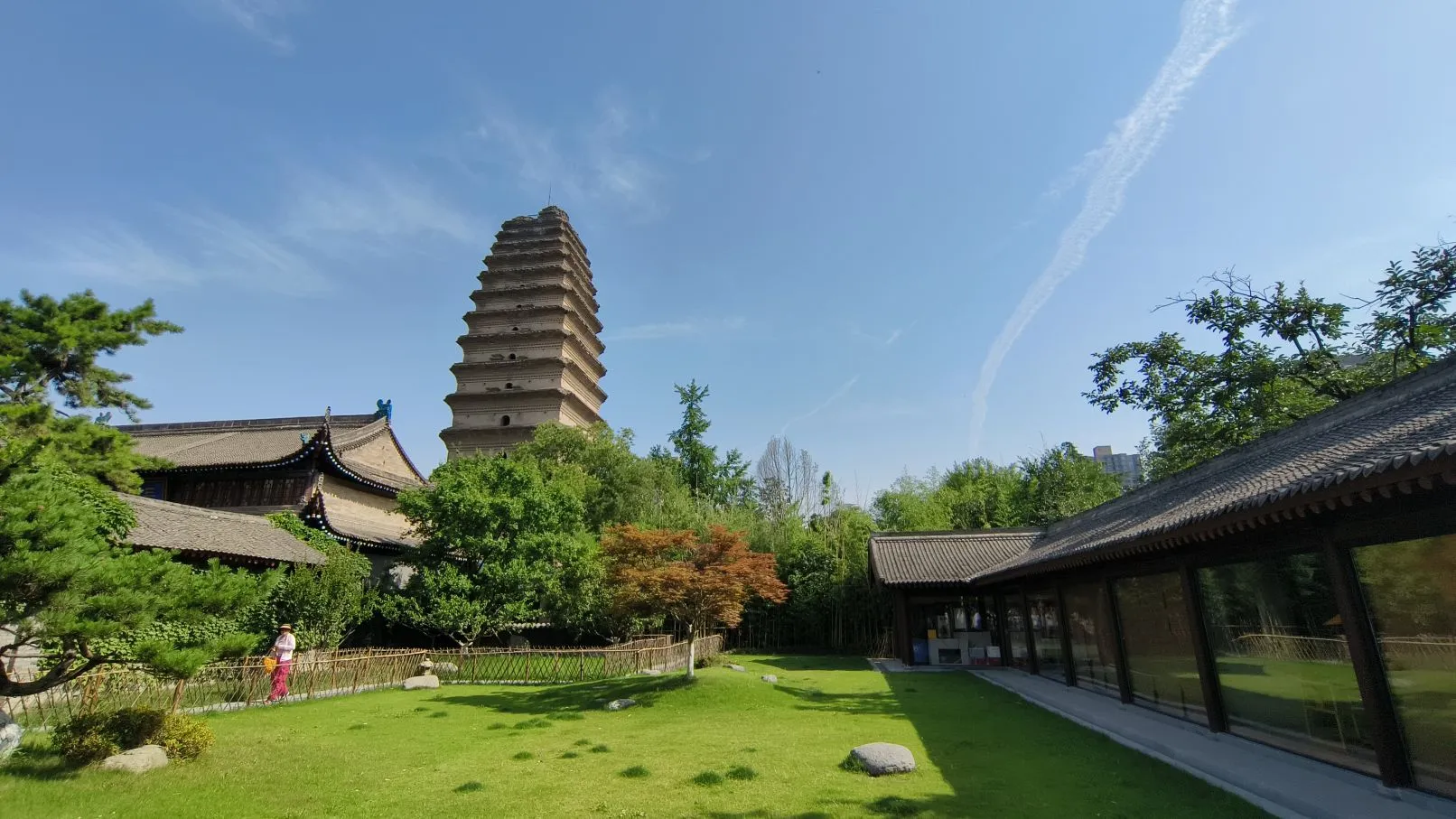
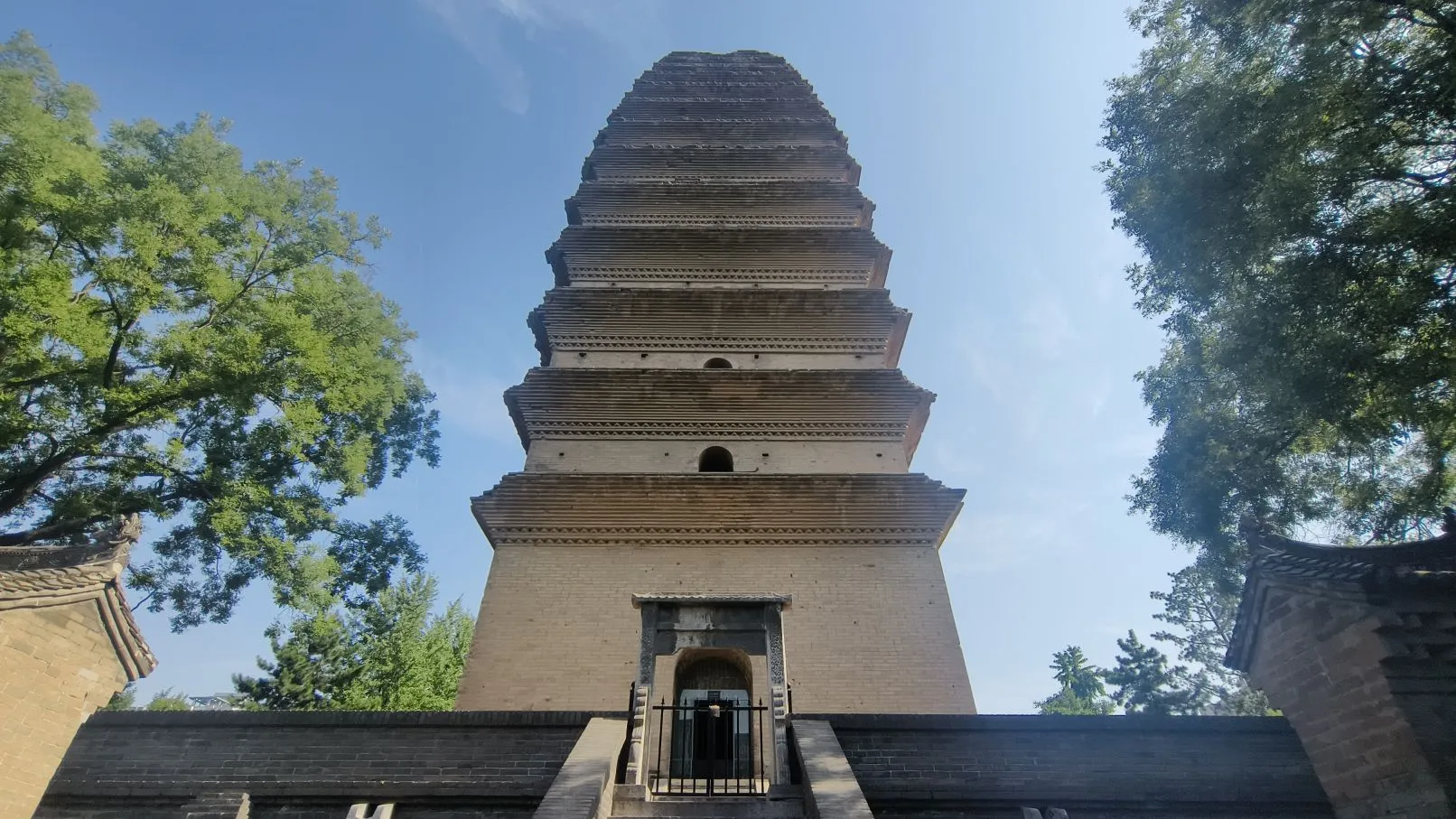
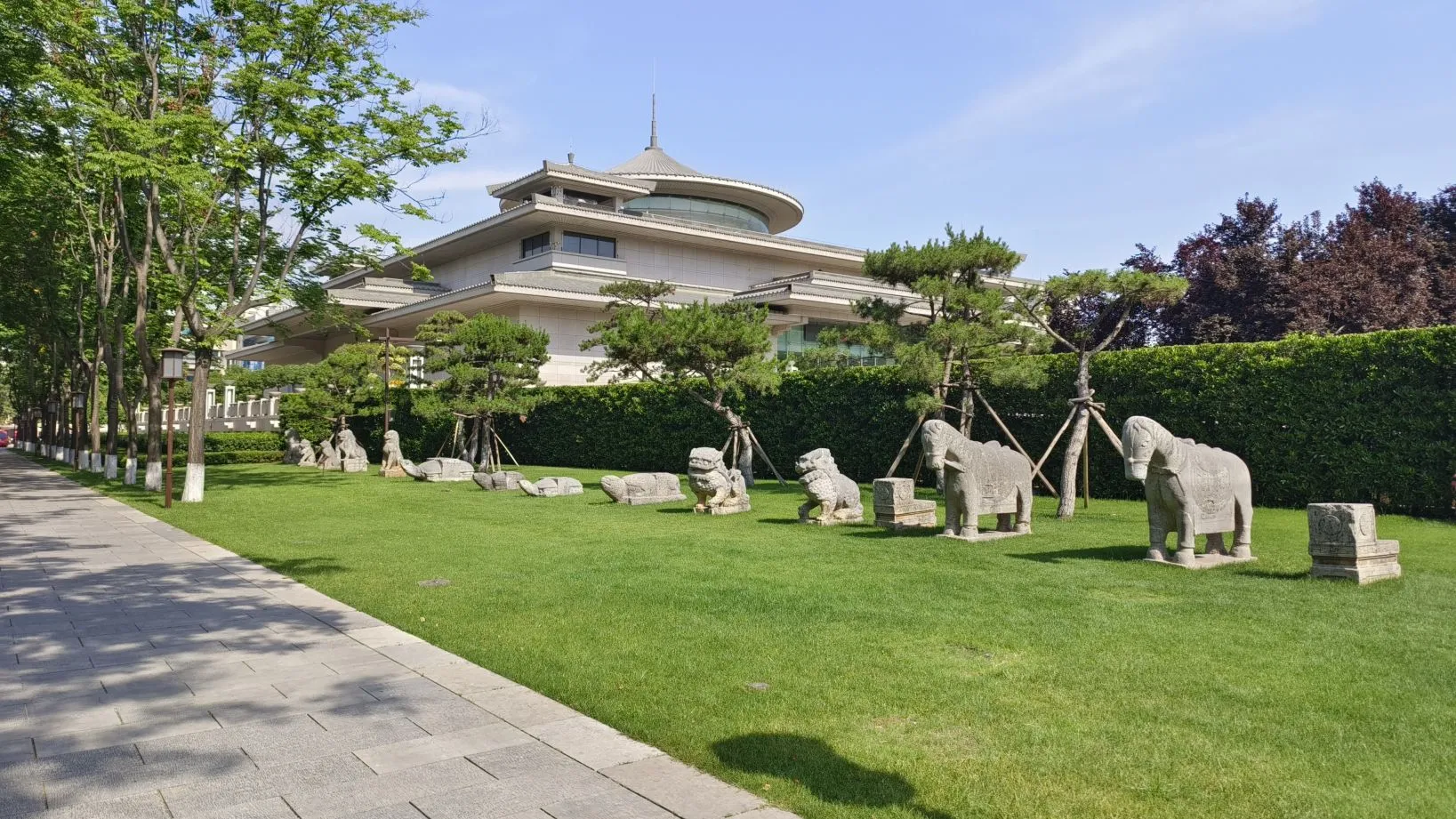
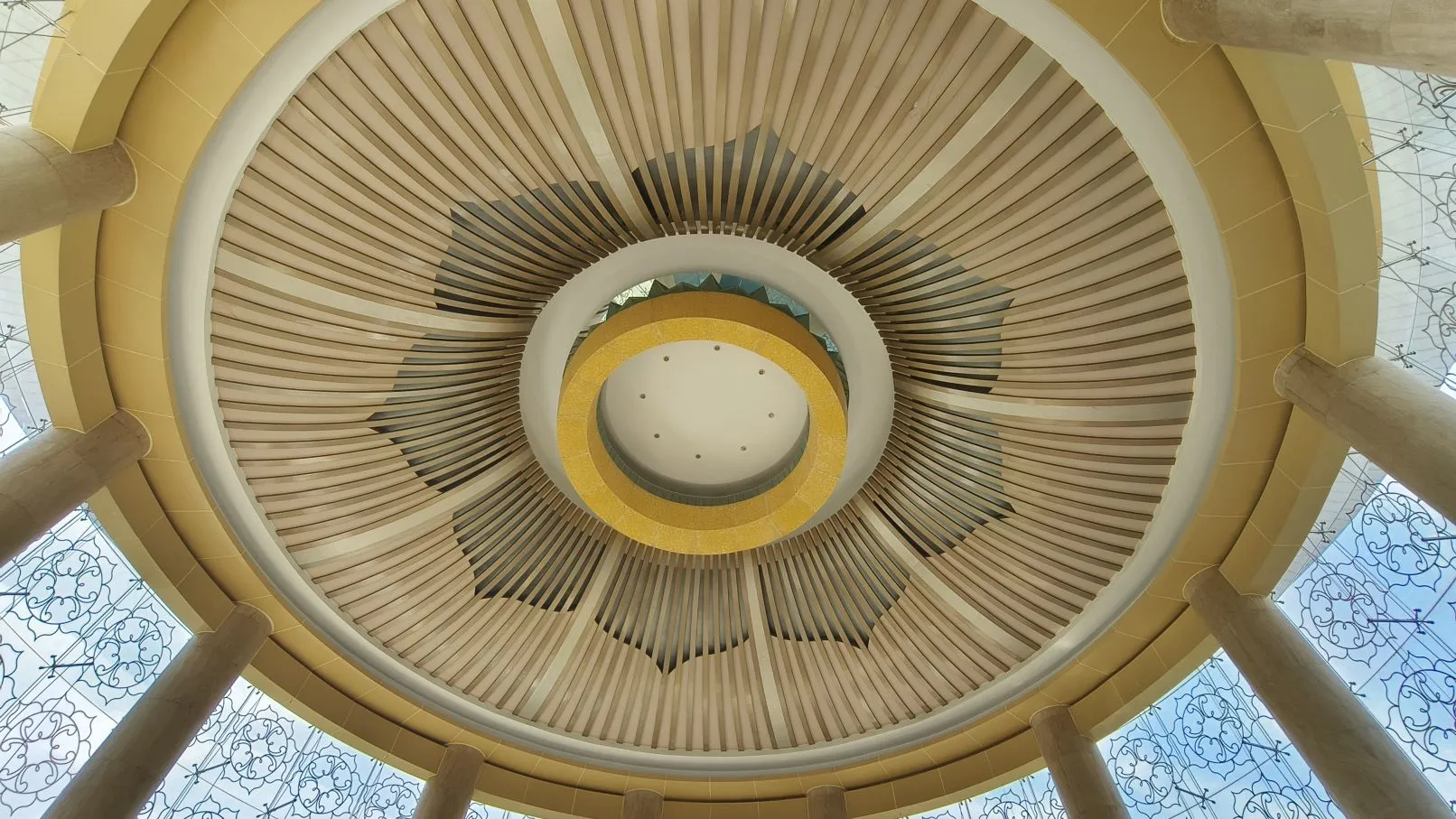
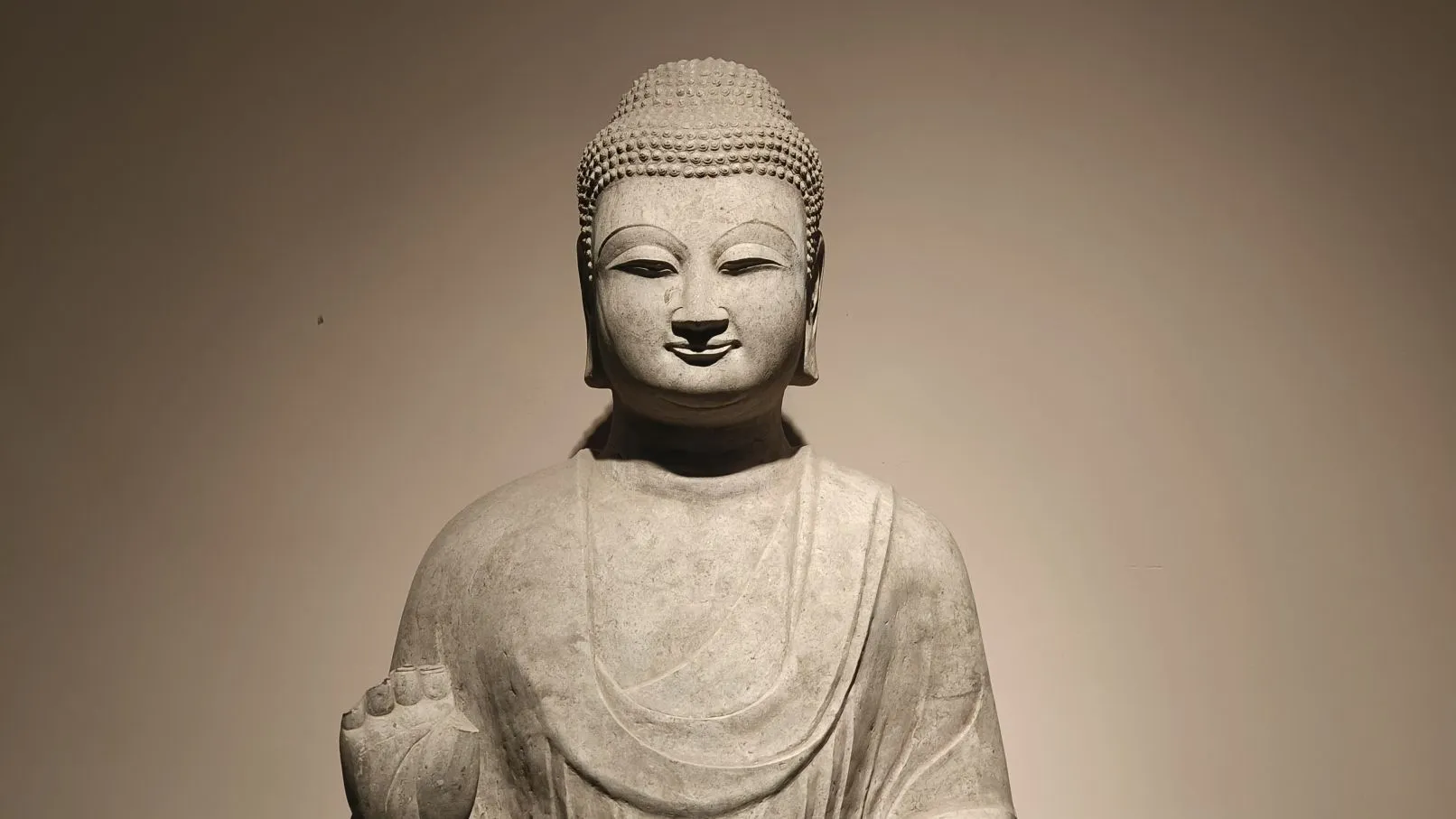
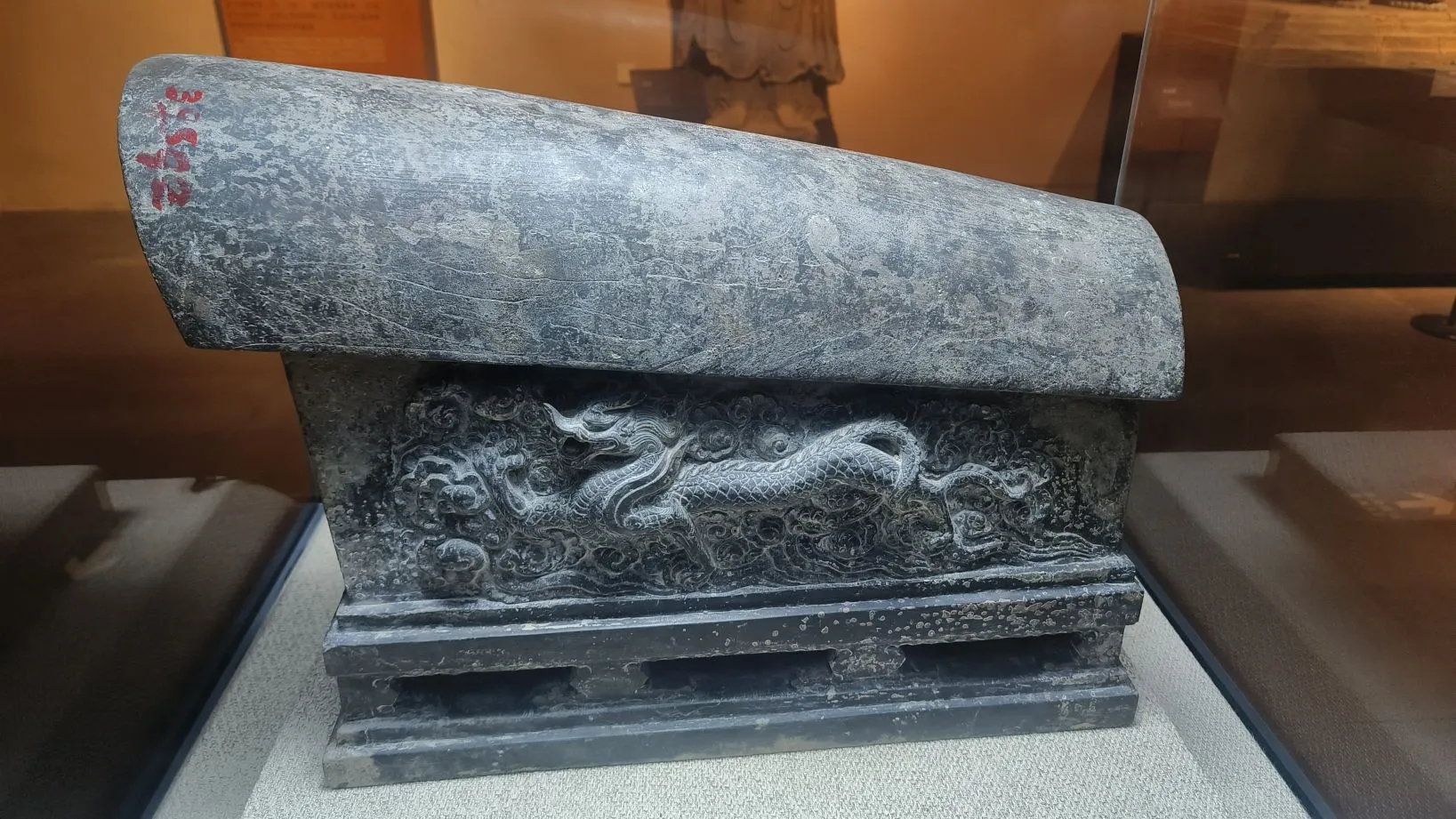
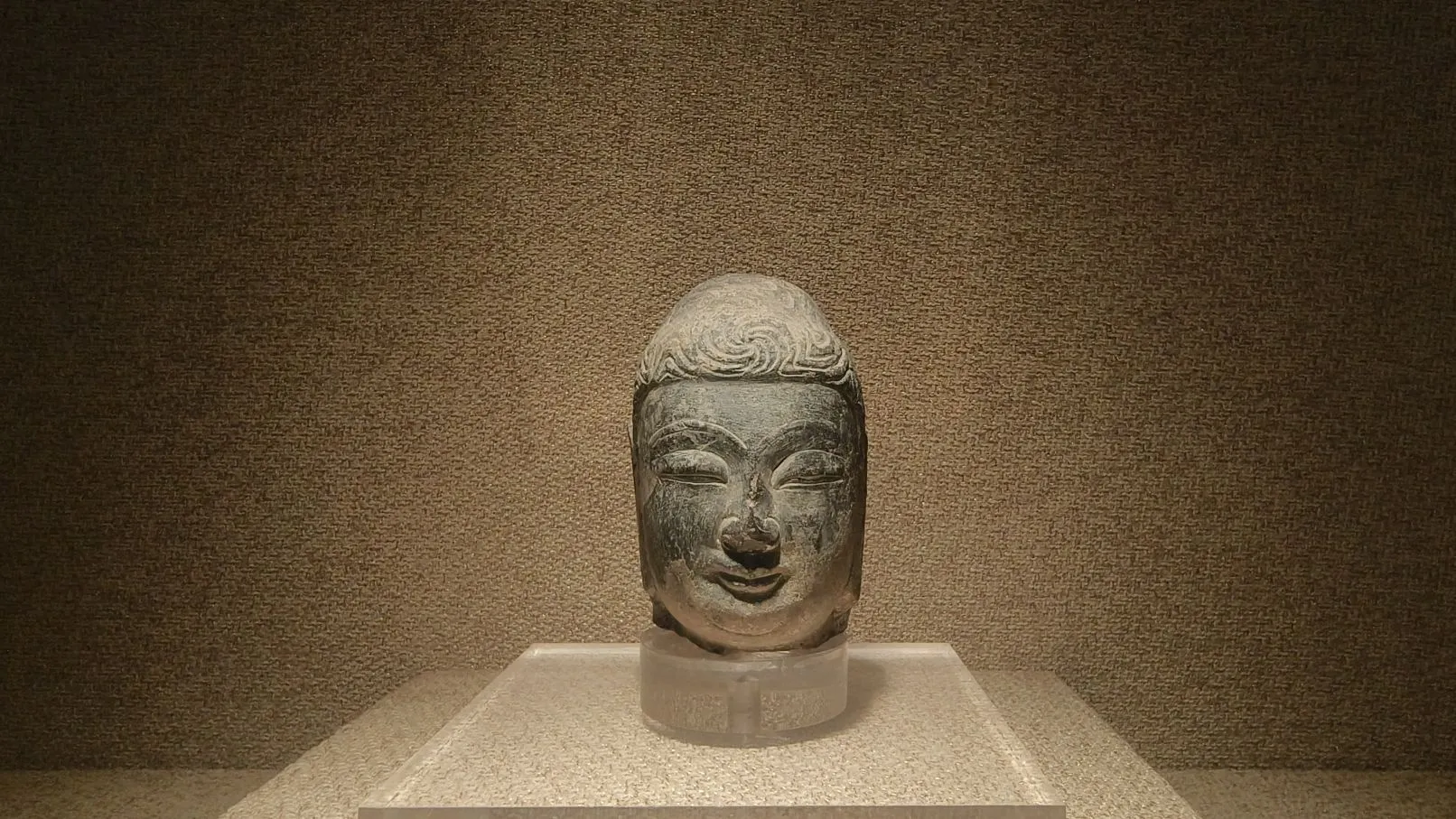
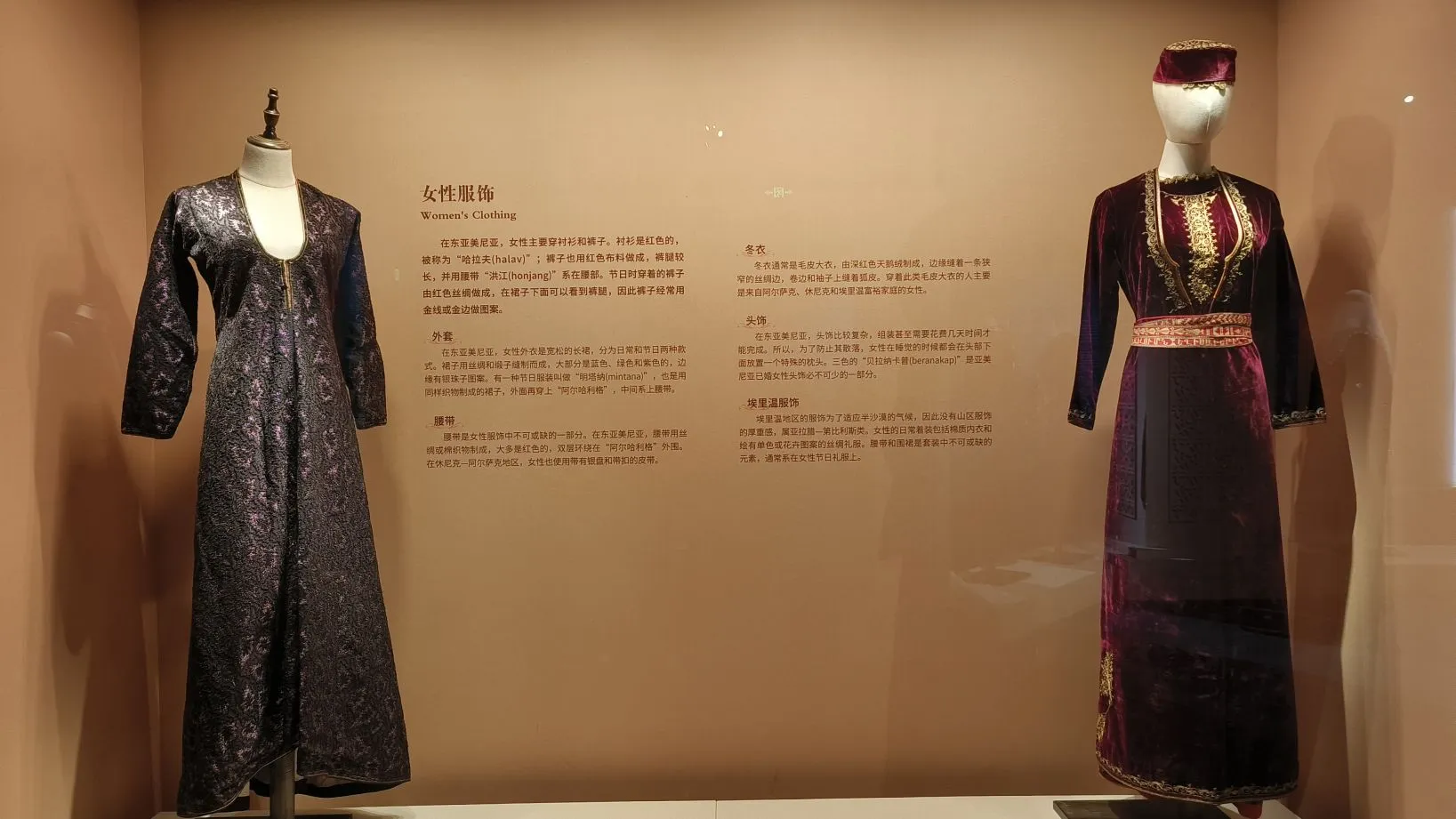
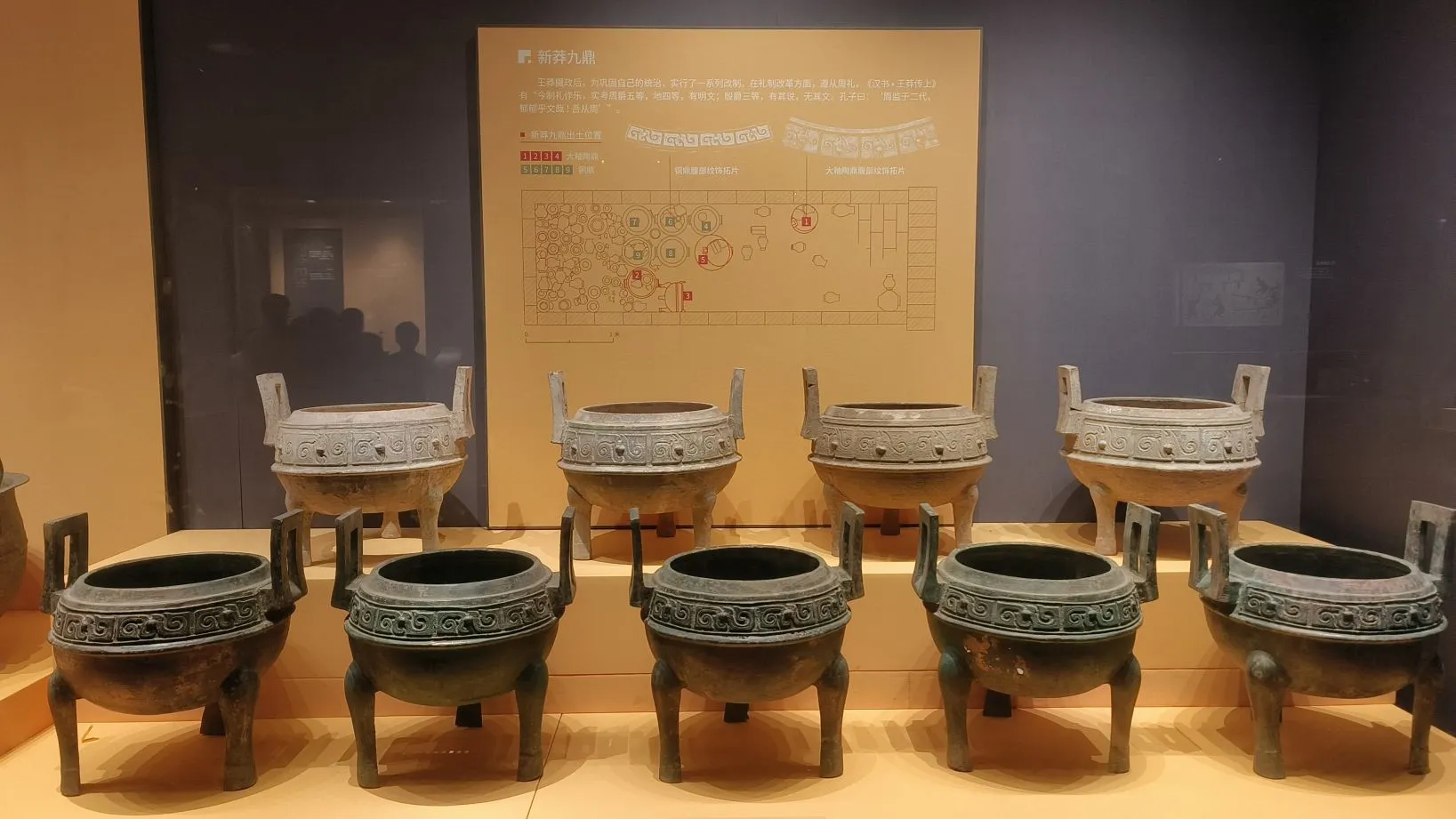
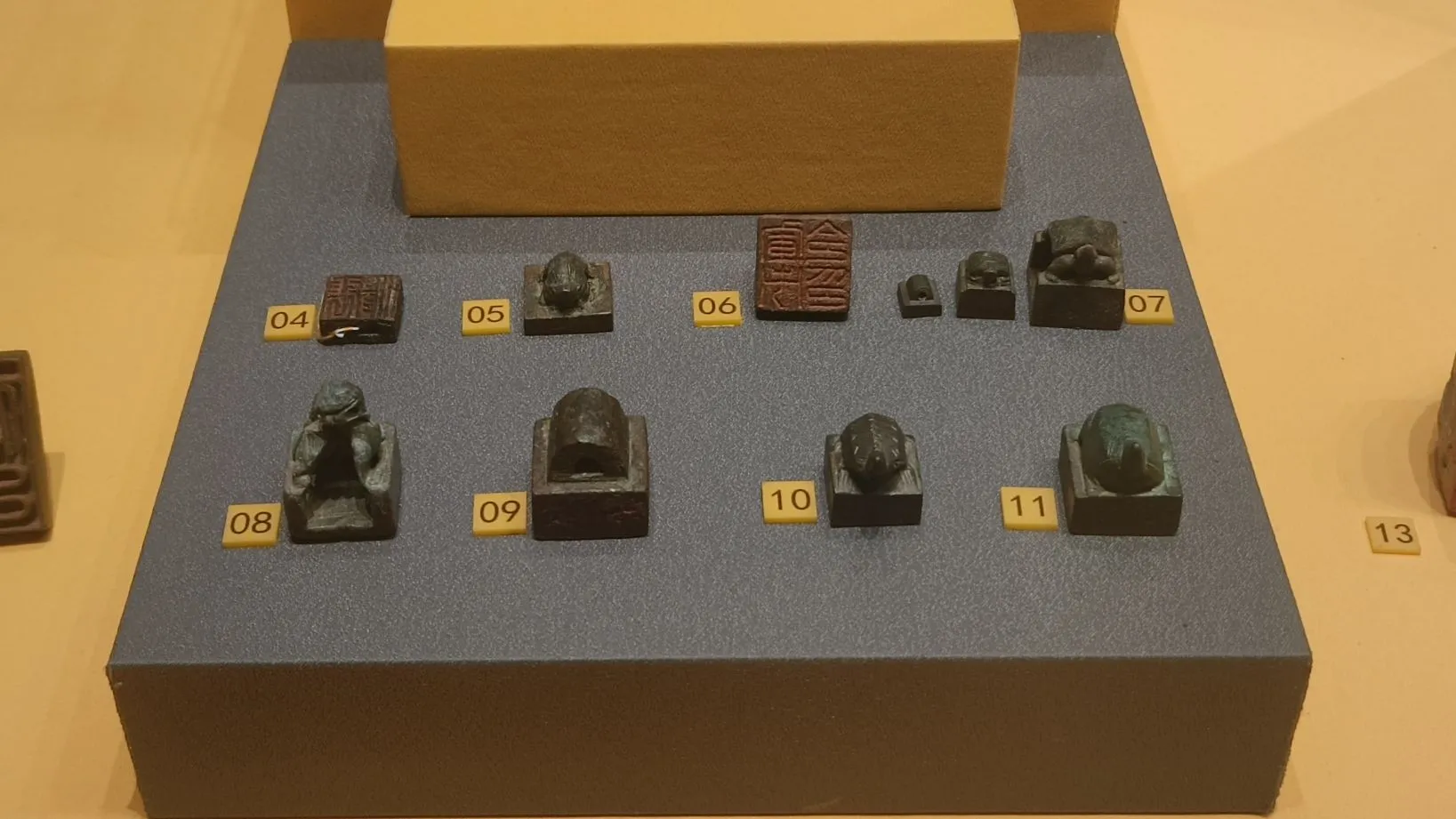
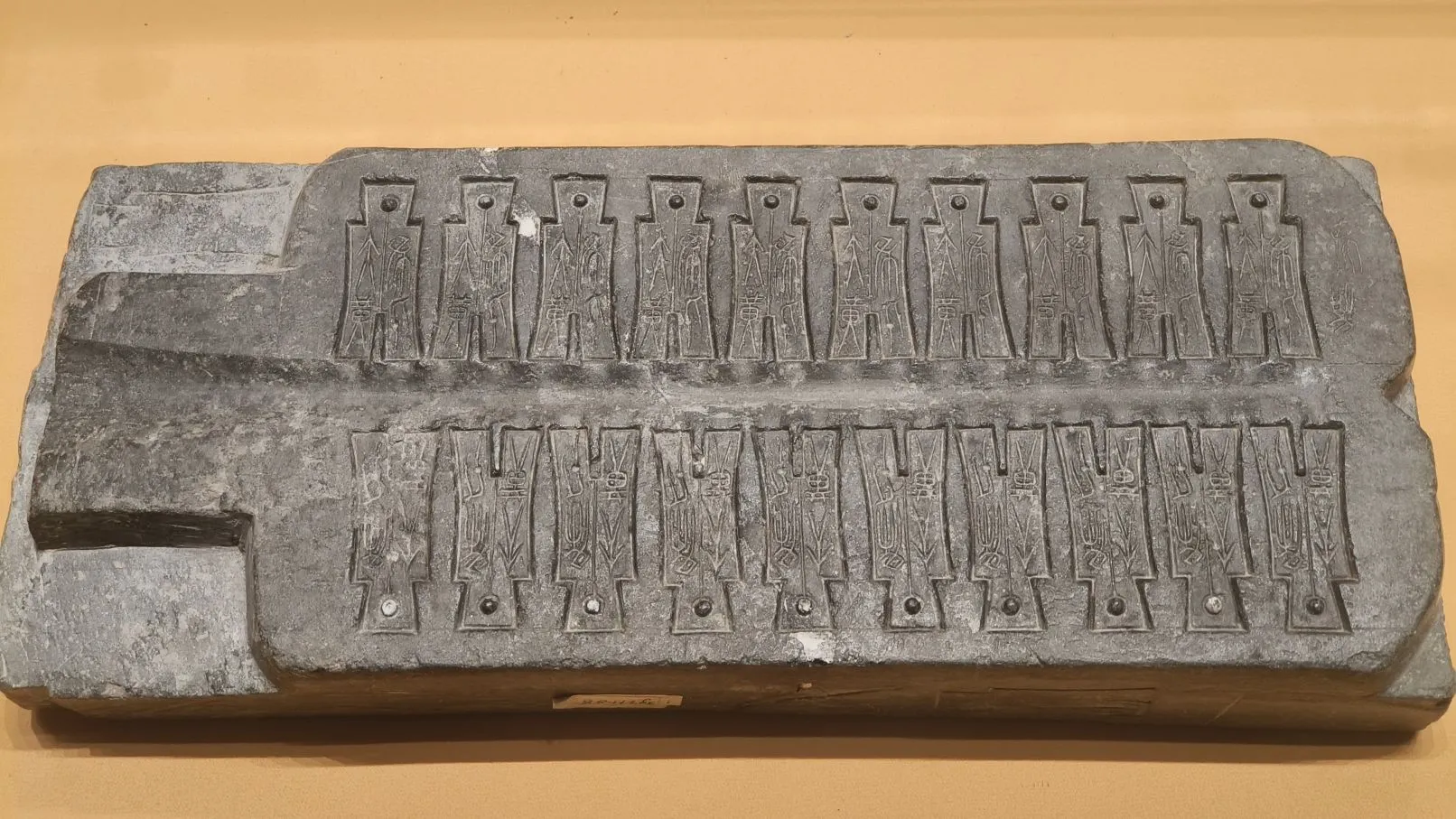

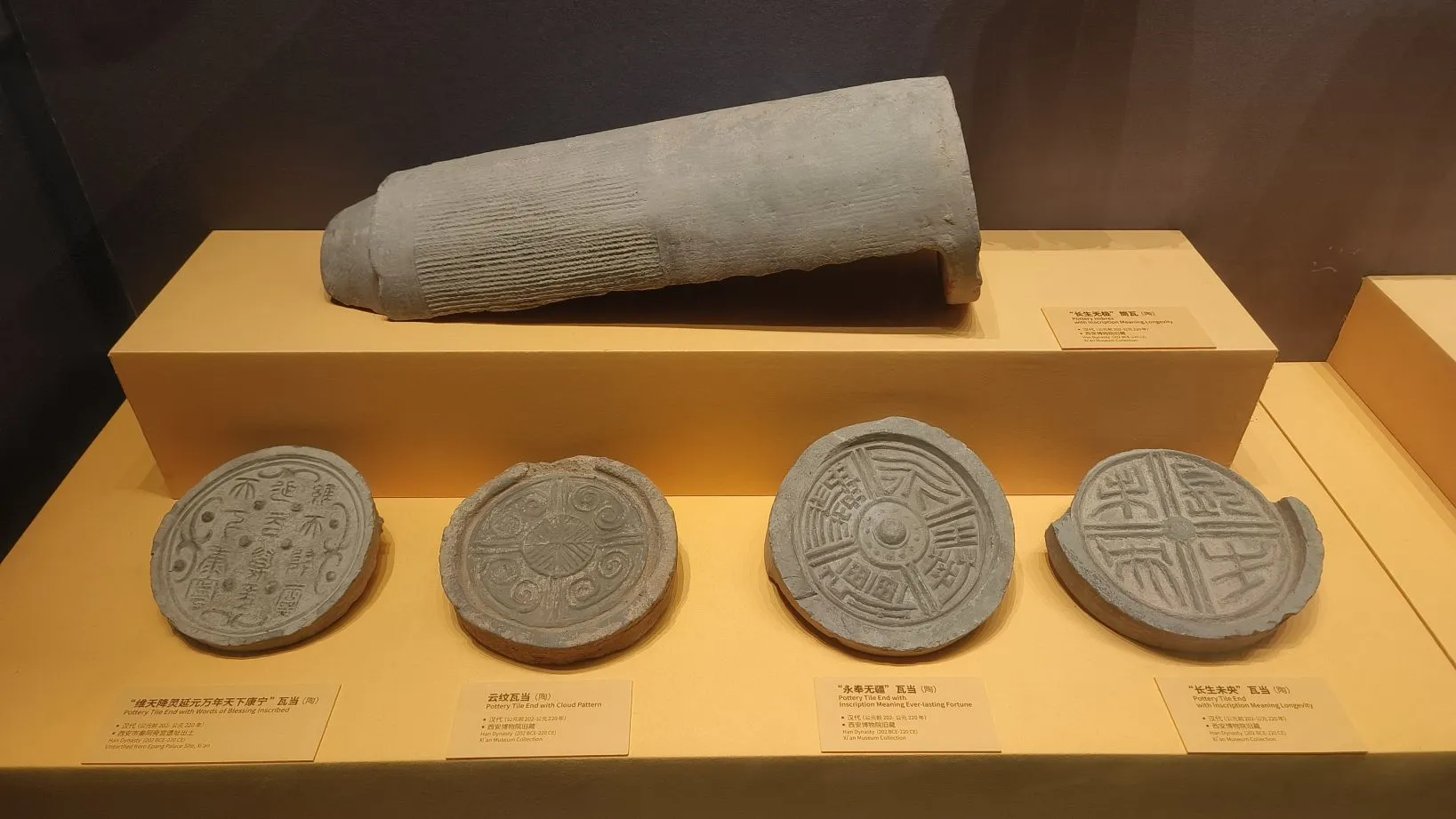
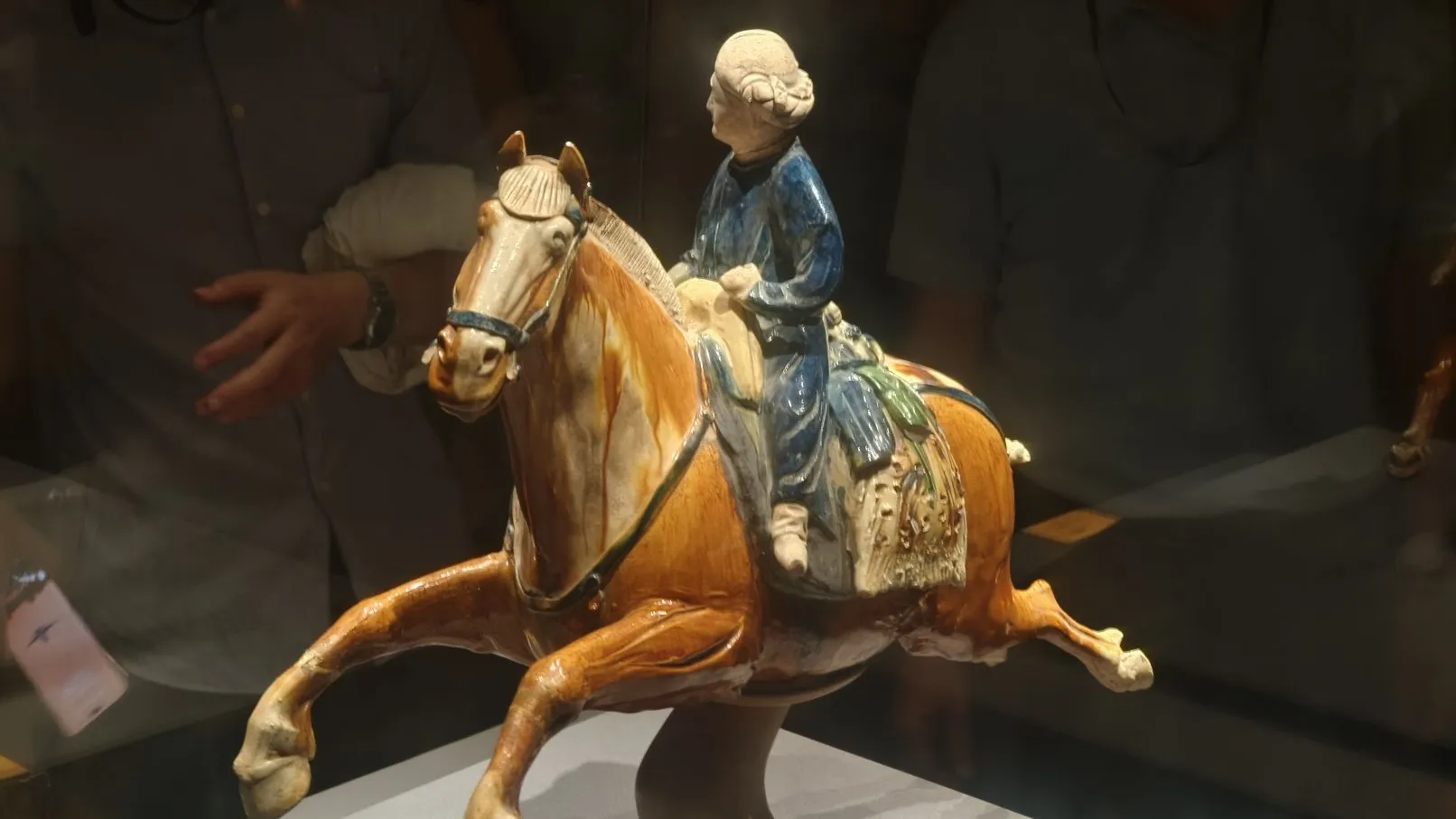
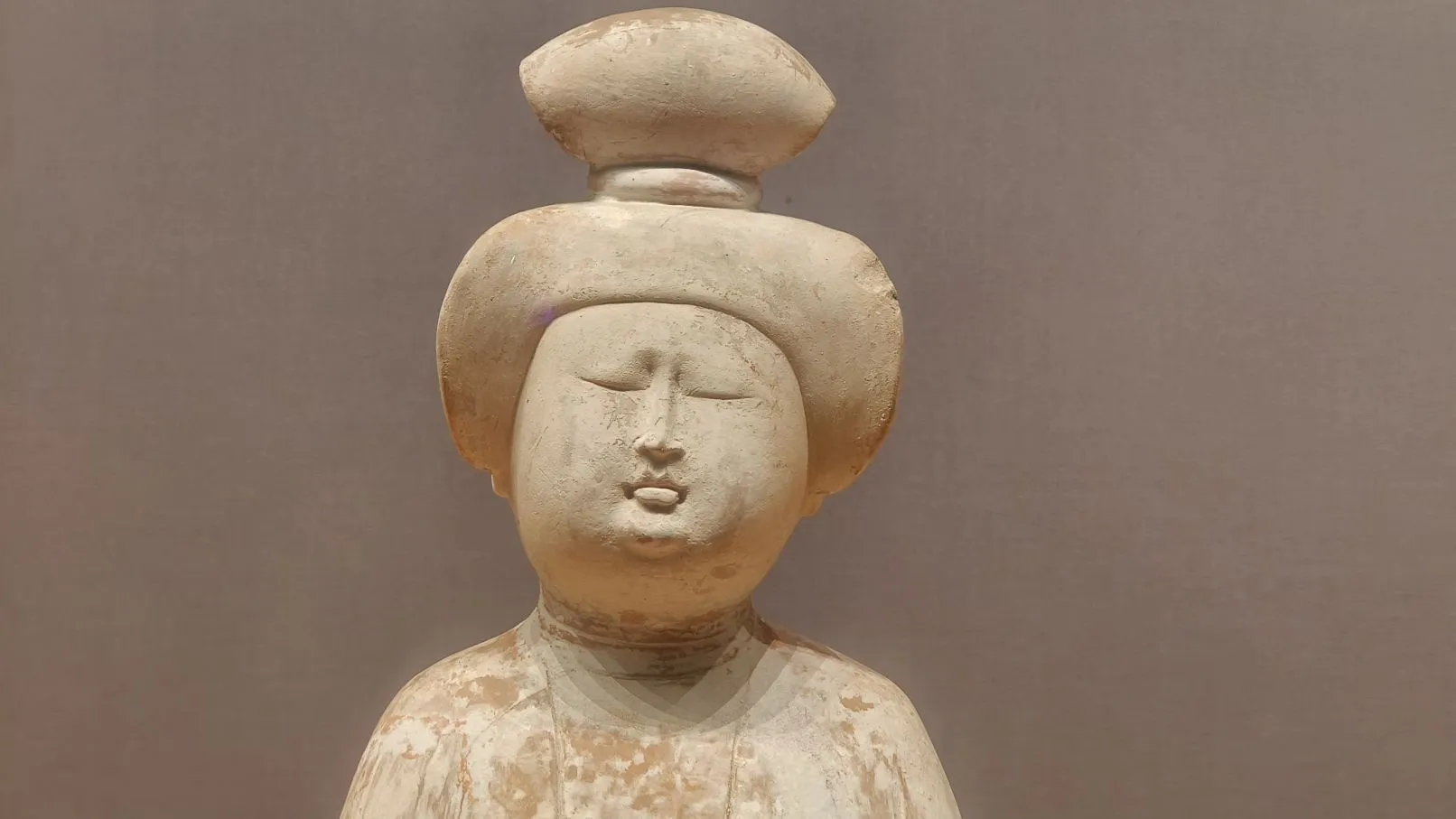
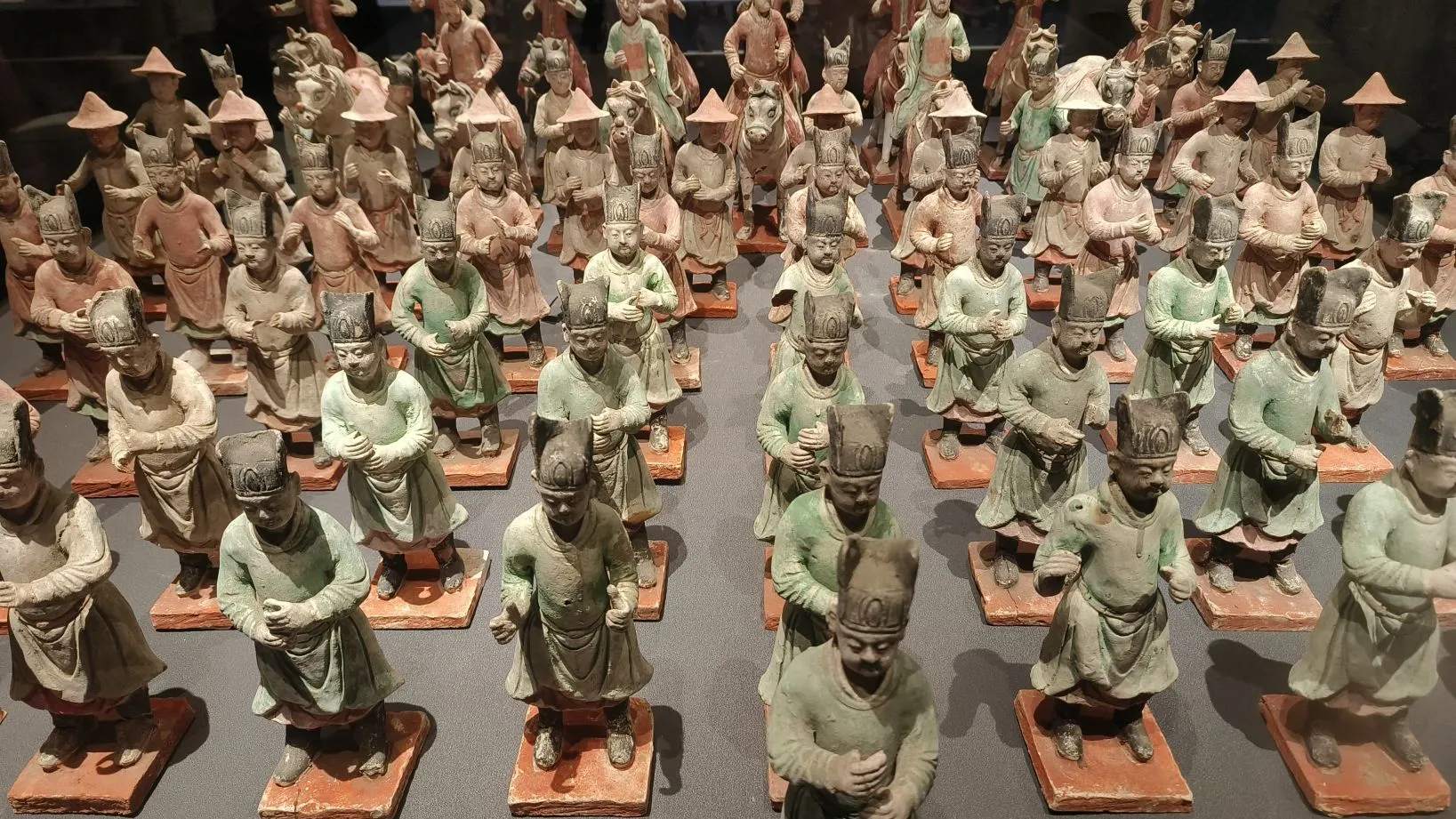
Anrenfang Ruins Exhibition Hall
Anrenfang was one of the 108 wards of the outer city of Tang Chang’an, located two wards north of the imperial city. To the east is Andingmen Street, to the south is Guangfu Ward, to the north is Kaihua Ward, and to the west is Zhuque Avenue, the north-south central axis of Tang Chang’an. The Anrenfang Ruins Exhibition Hall is located south of the Small Wild Goose Pagoda, covering an area of about 6,100 square meters, with two floors above ground. The entire ruins area takes the archaeological excavation of the Tang Dynasty Anrenfang mansion ruins as the core of the exhibition, starting from Tang Dynasty architecture and aesthetics, extracting Tang cultural language to protect and display the ruins, making it another exhibition area of Tang cultural style, showcasing the urban life of Tang Chang’an from multiple dimensions.
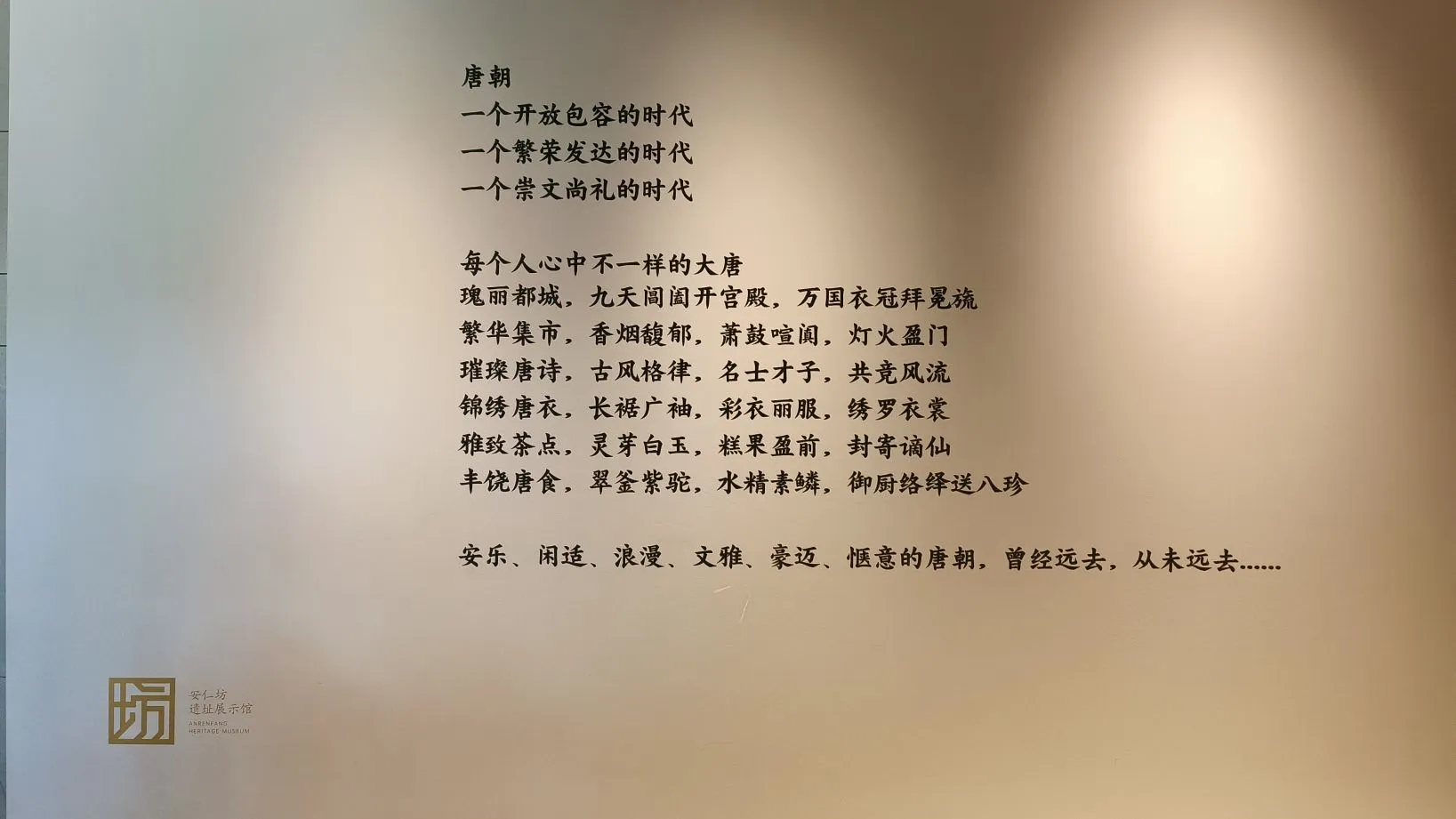
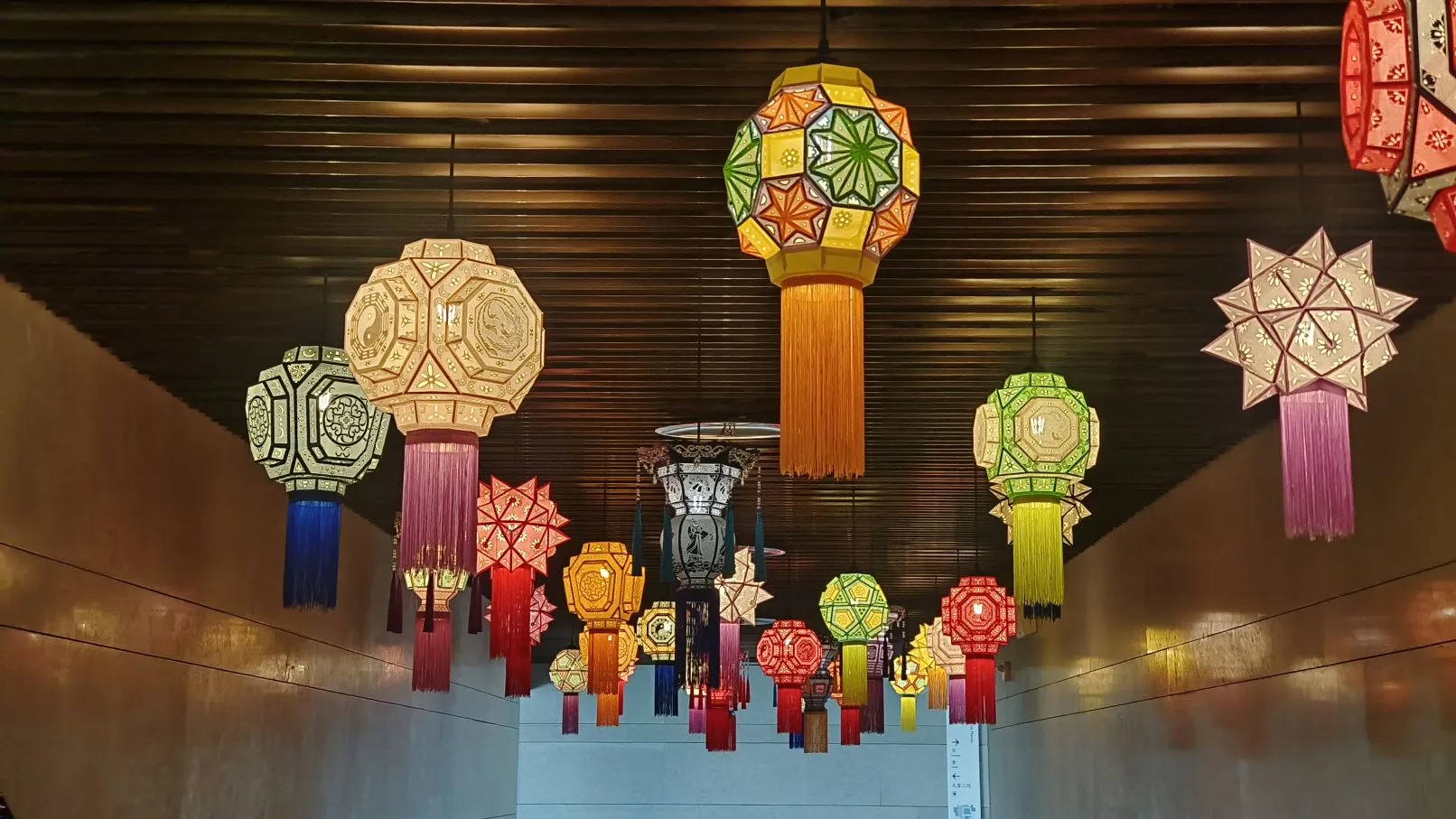


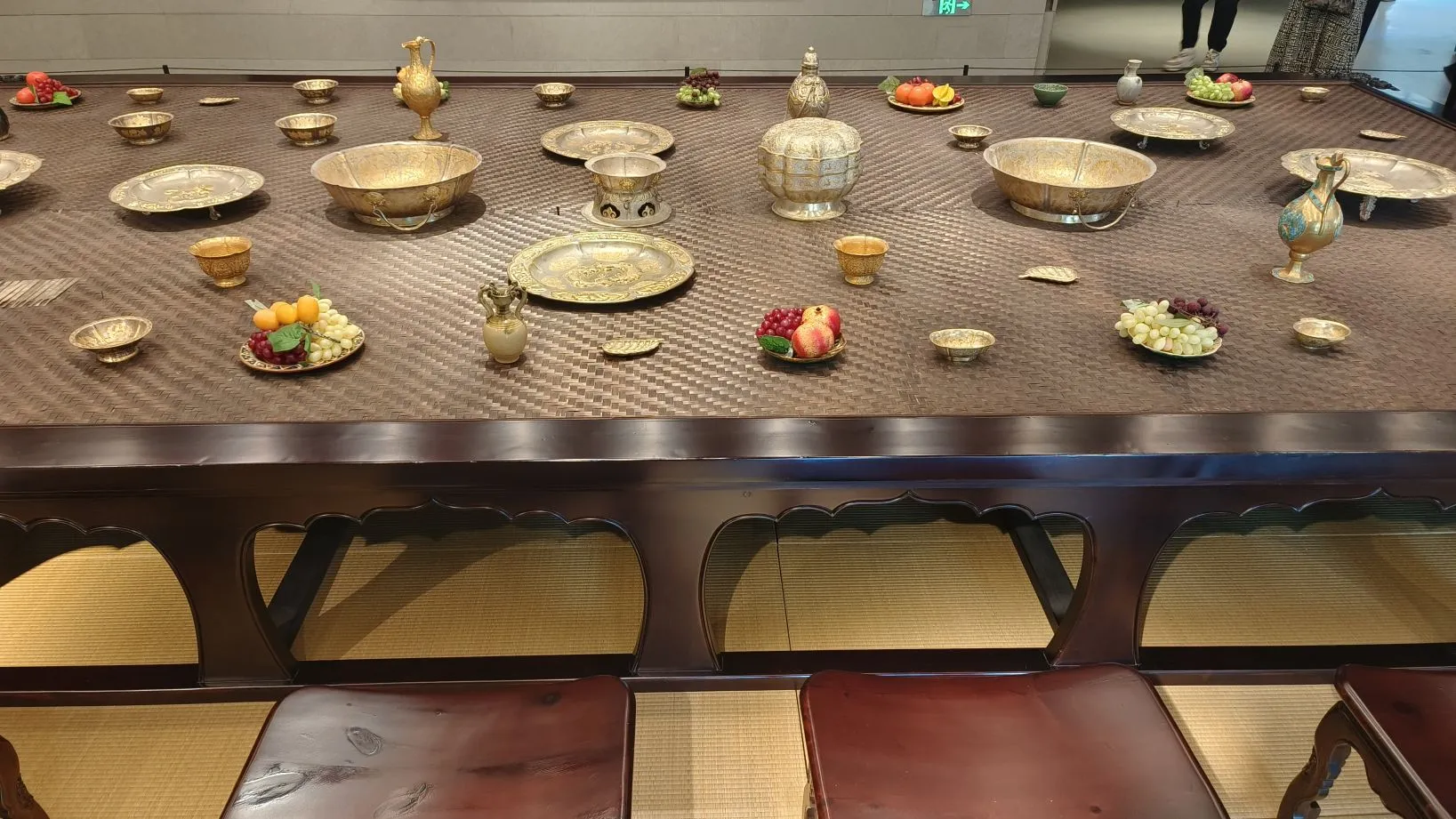
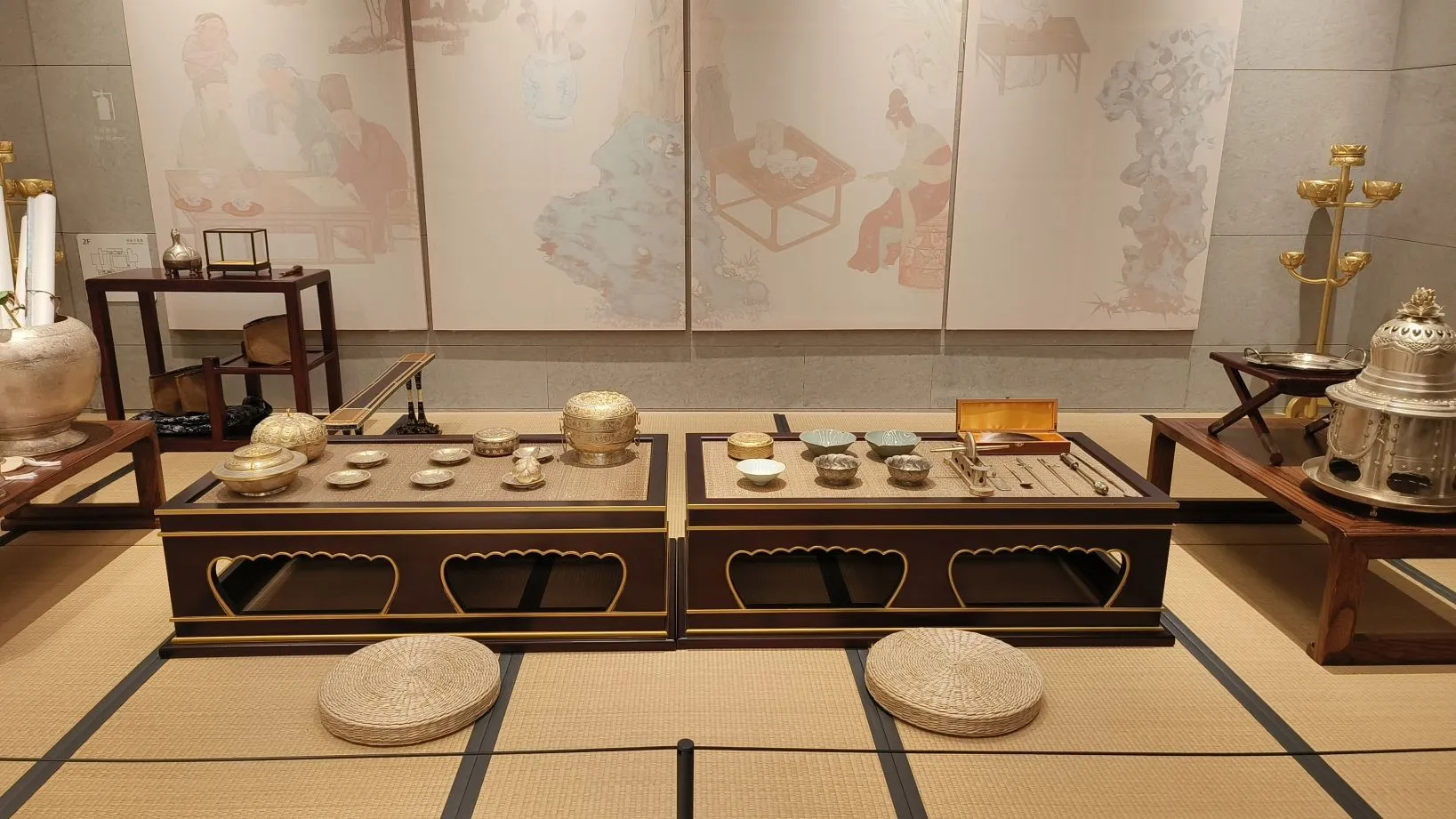
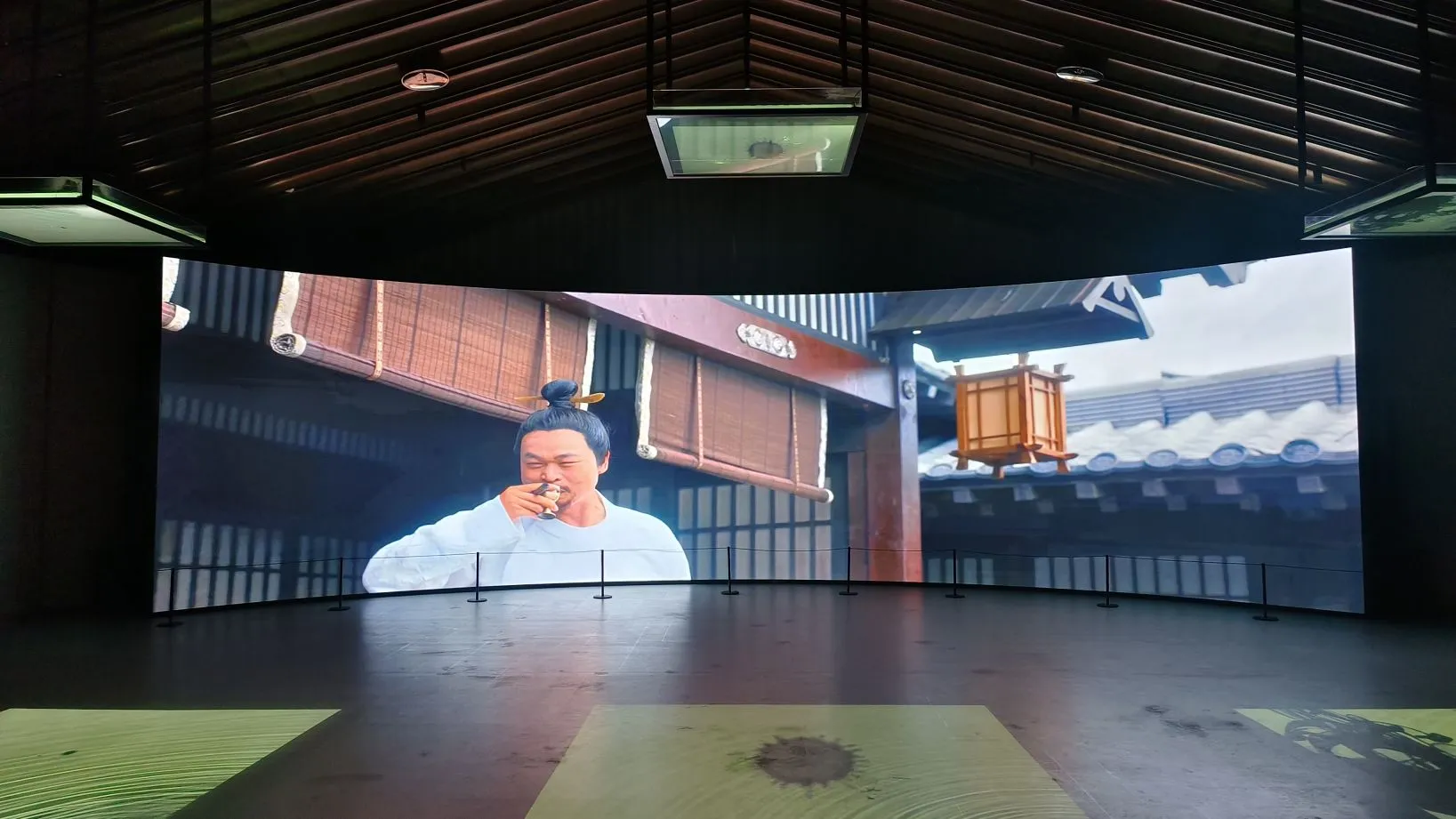
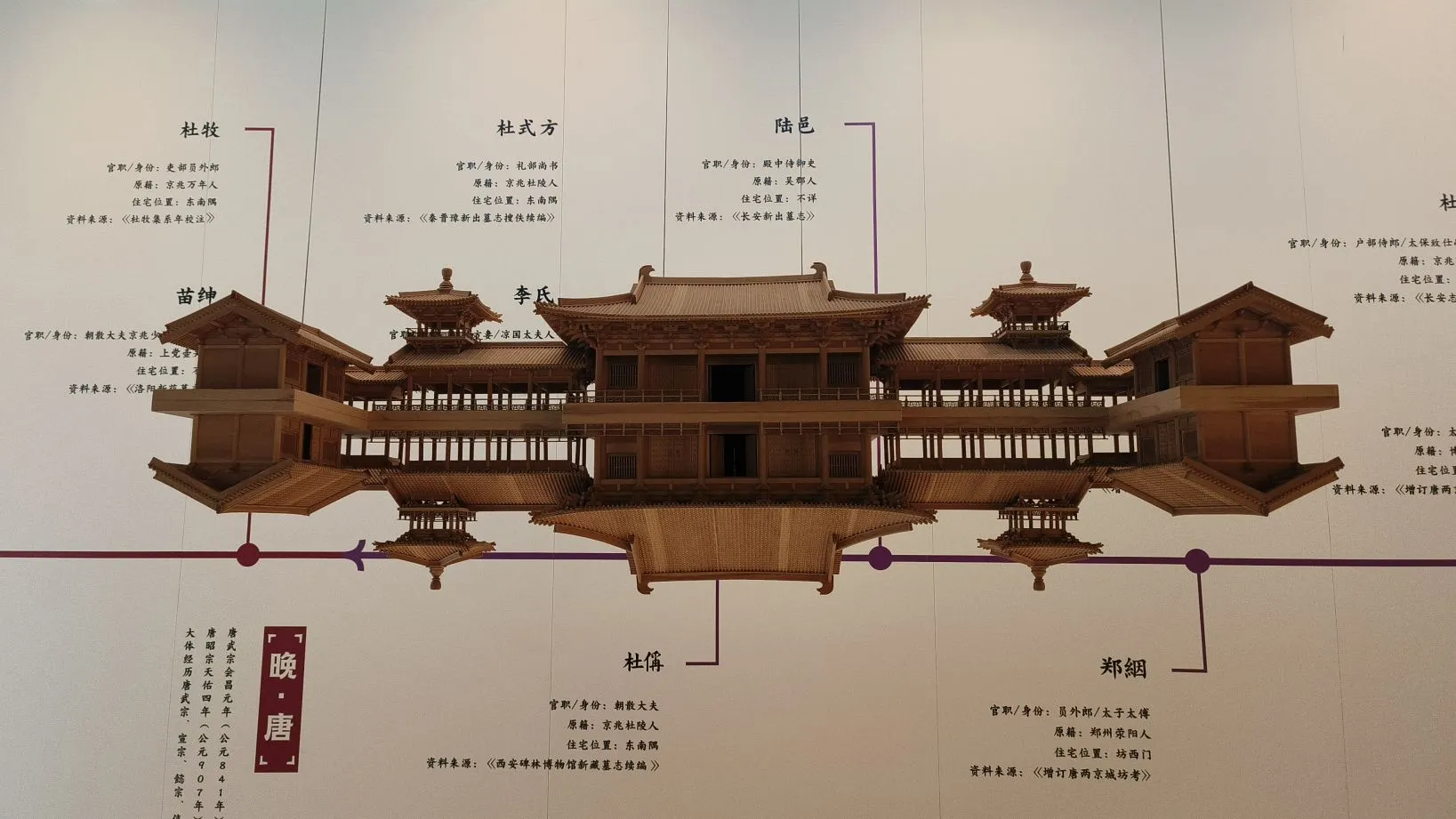
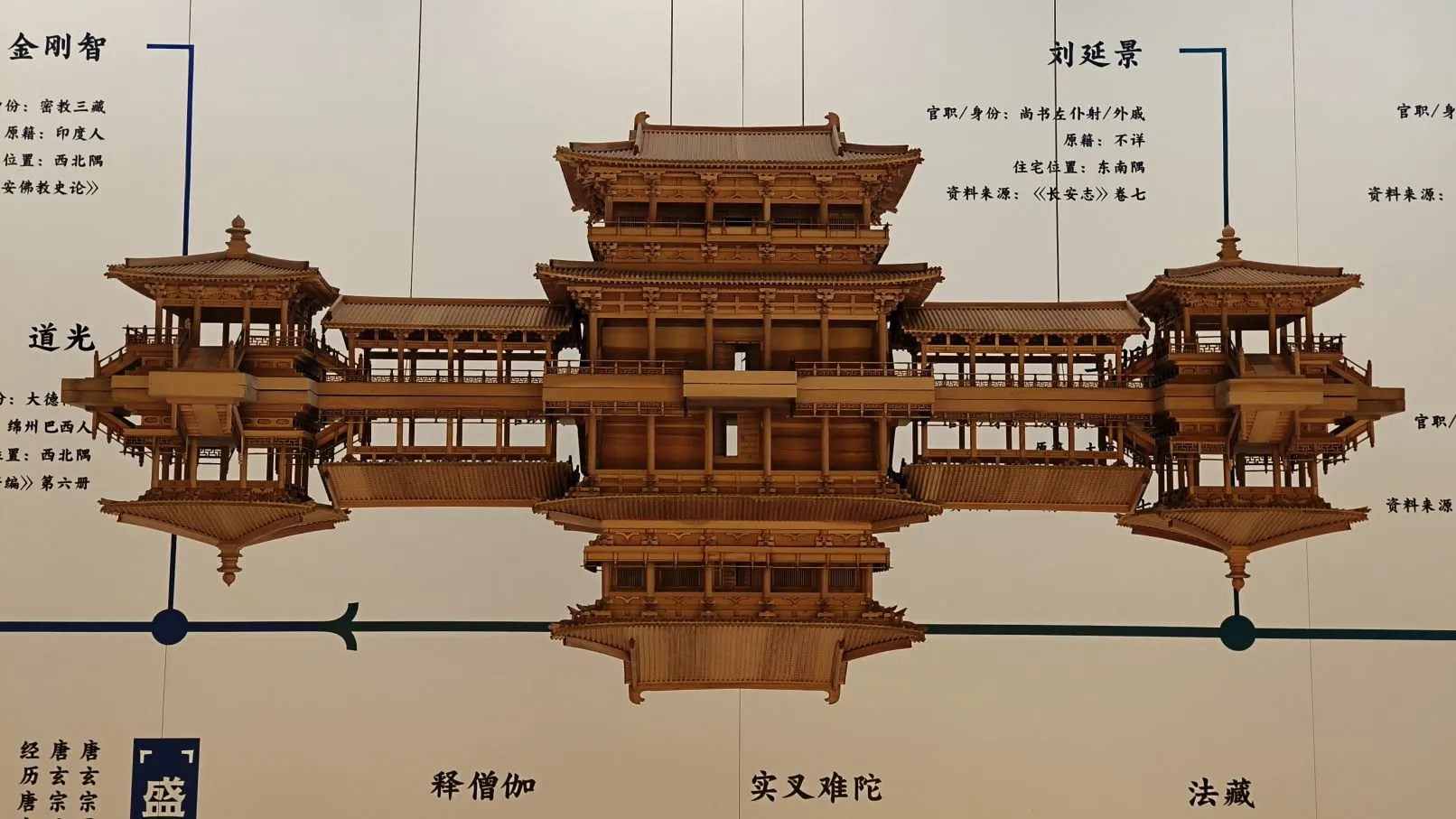
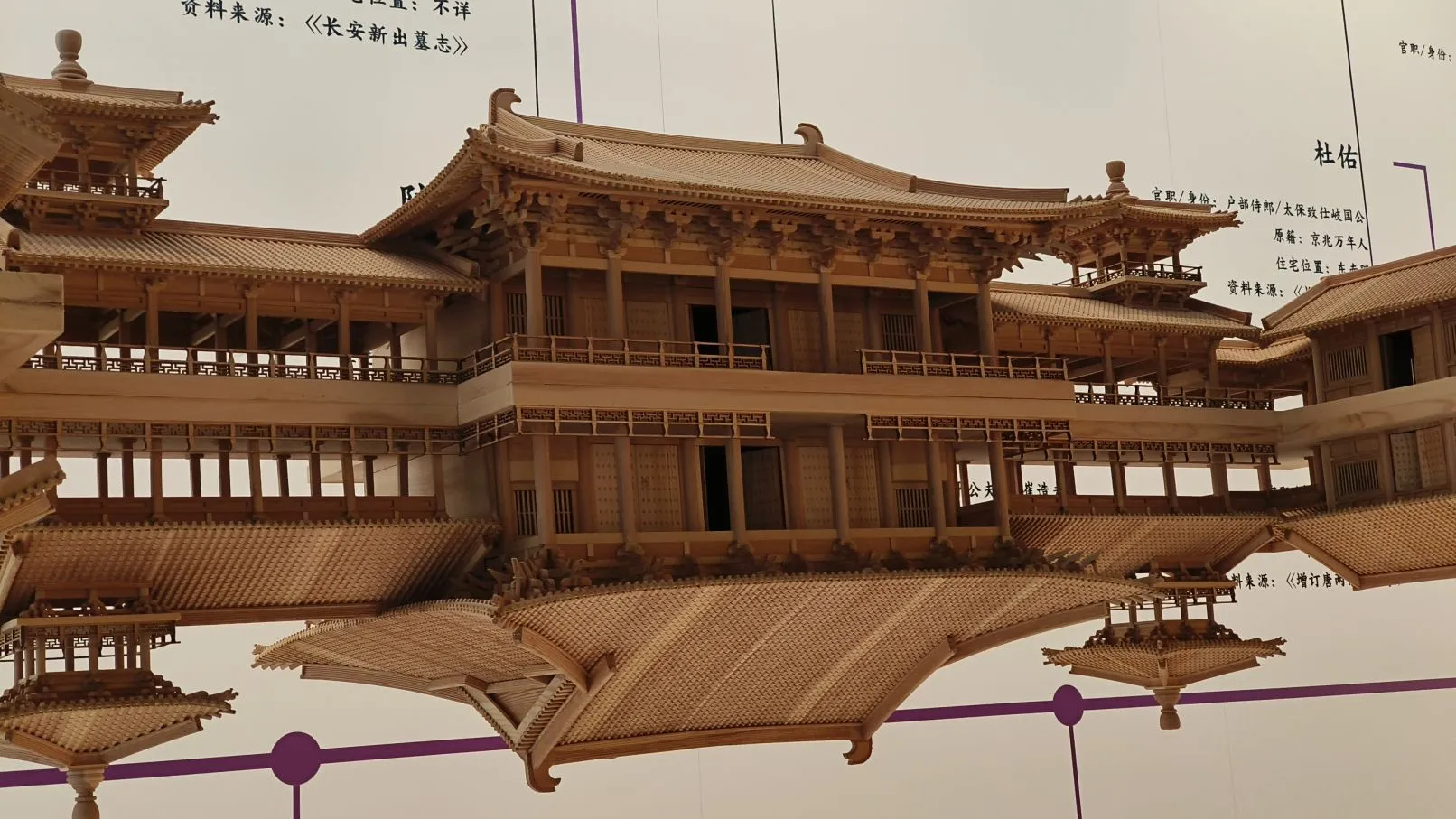
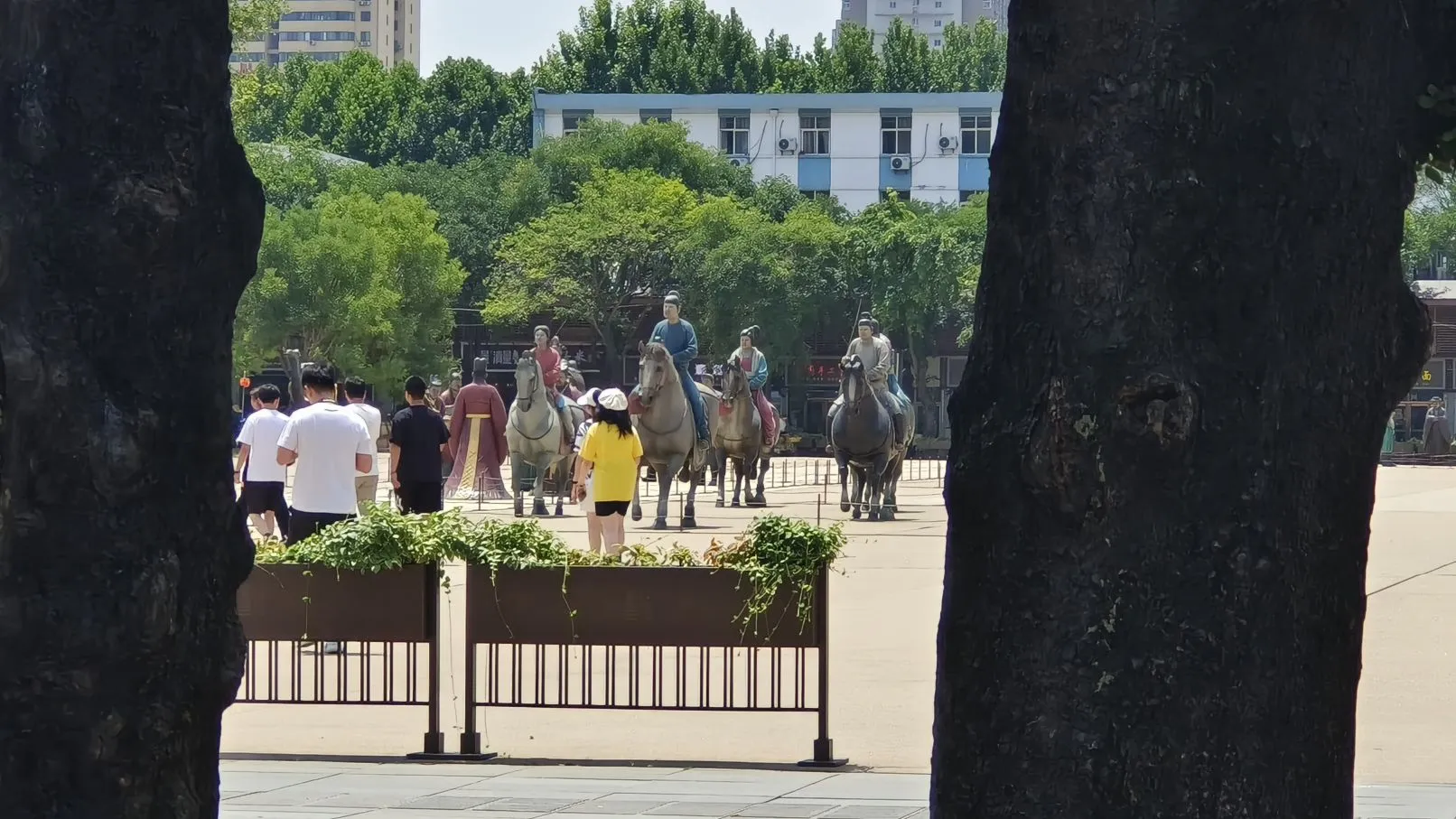
Xi’an’s Night Economy
Xi’an is undoubtedly a top-tier internet-famous tourist city in China. During my few days in Xi’an, whenever I stepped out of the school gate, no matter where I went, it was bustling with people, full of tourists, and a vibrant atmosphere. The ancient capital of a thousand years has once again entered a prosperous era, which is truly remarkable.
Bell Tower and Muslim Quarter
The Xi’an Bell Tower and Drum Tower are located in the city center of Xi’an, Shaanxi Province, built during the Hongwu period of the Ming Dynasty, with a history of over 600 years. They are the largest and best-preserved bell and drum towers of their kind in China. The Xi’an Muslim Quarter (The Muslim Quarter) is a famous food and cultural street in Xi’an. Locals collectively refer to this area as “Fangshang,” while out-of-town tourists commonly call it the “Muslim Quarter.” The Beiyuanmen Street where the Muslim Quarter is located was originally the official district of the Qing Dynasty. In 1992, Beiyuanmen Street underwent renovation, replacing the asphalt road and brick sidewalks with bluestone, and building two-story buildings in the Ming and Qing style on both sides. In September 1993, it was completed as an ancient-style cultural tourism street. Since this area is where Hui residents live, it is named accordingly.
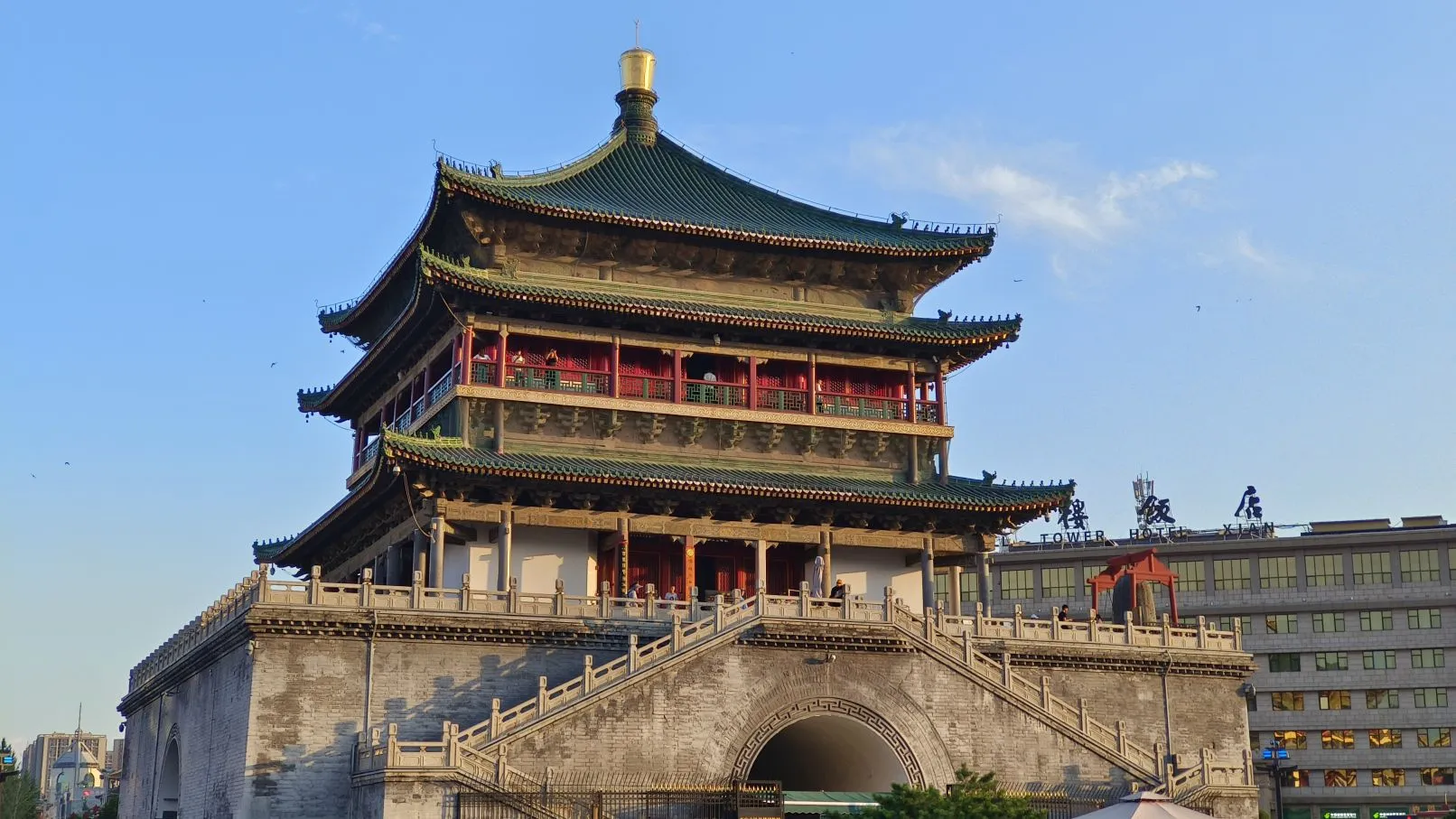
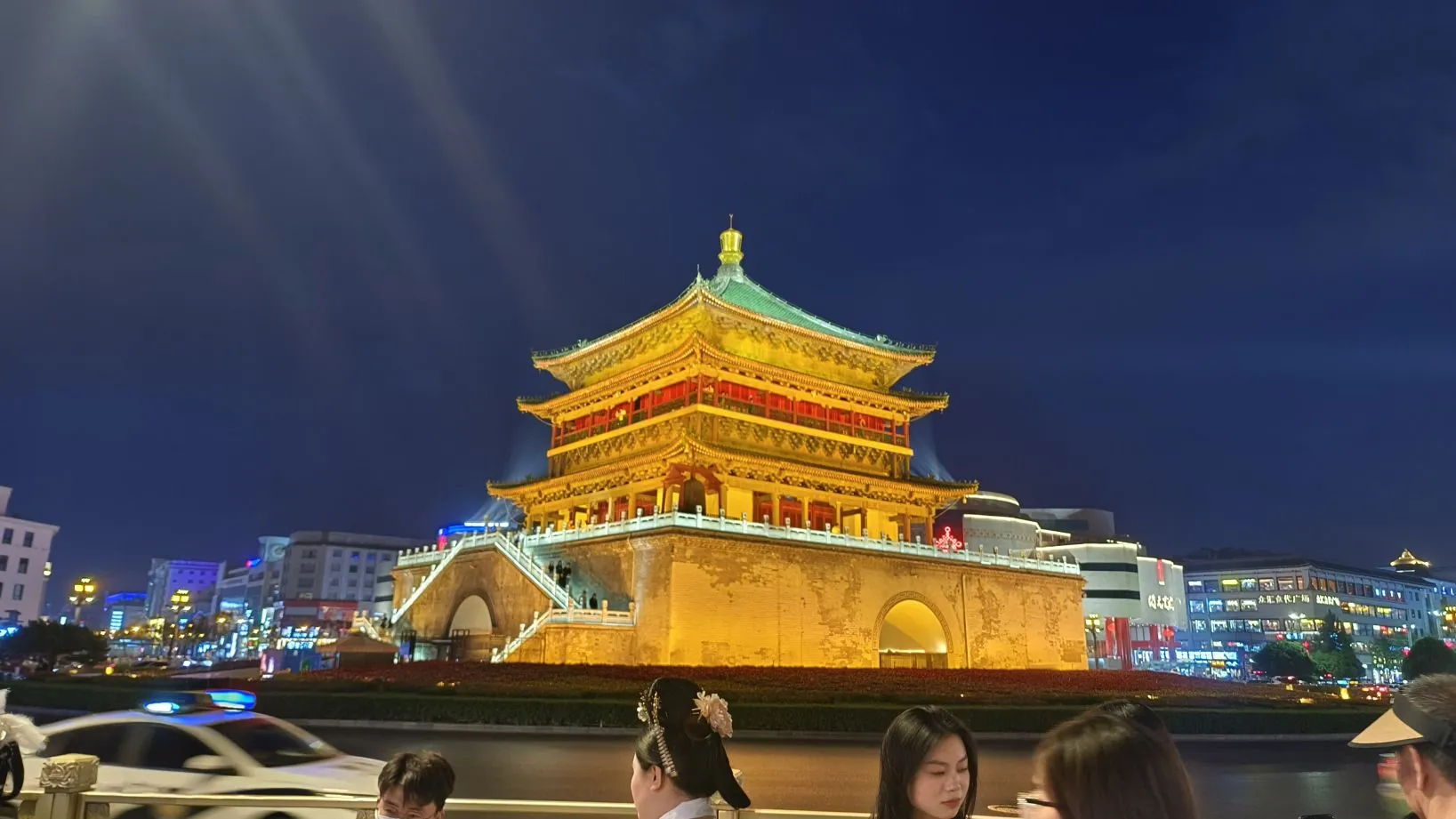
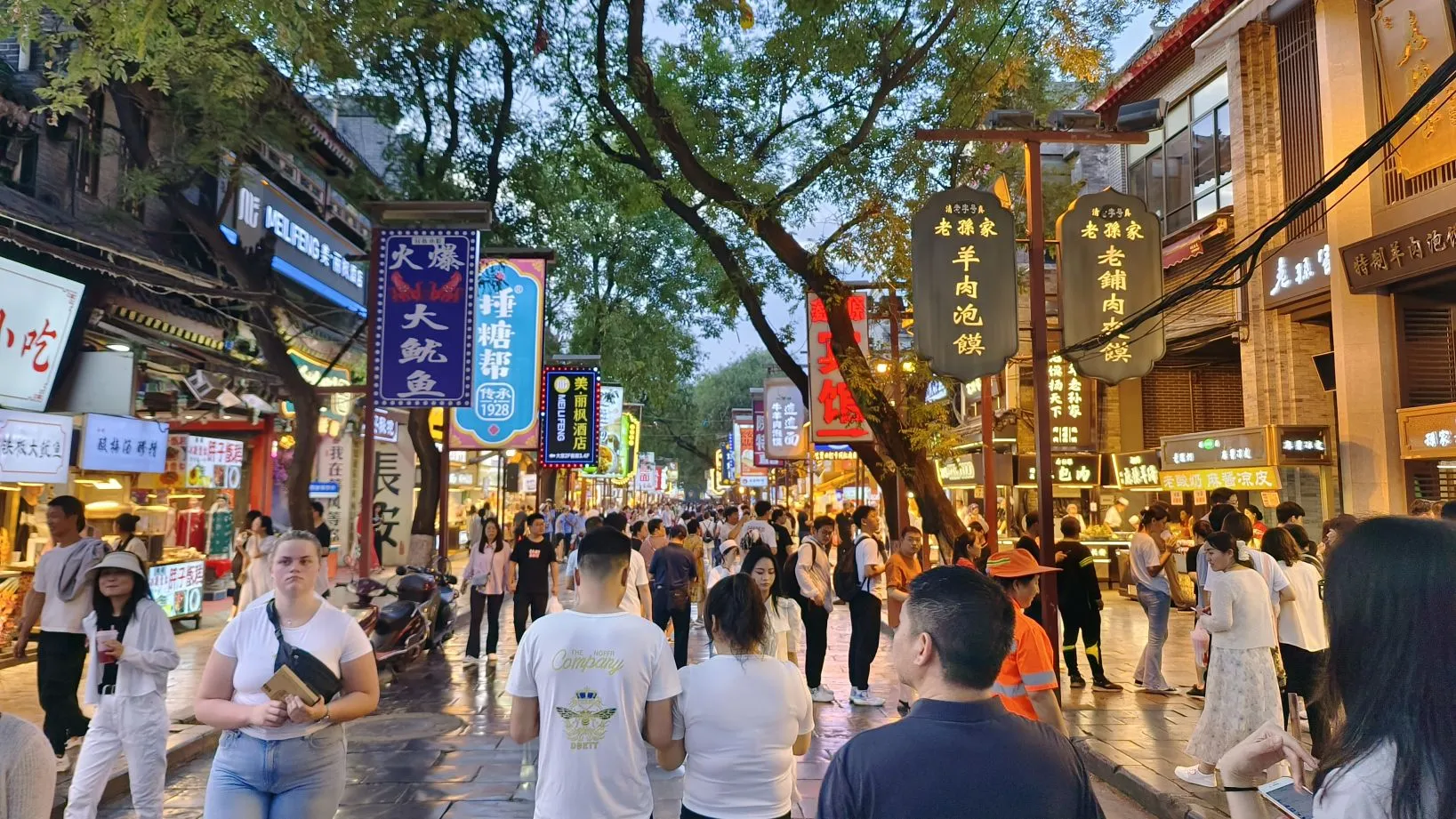
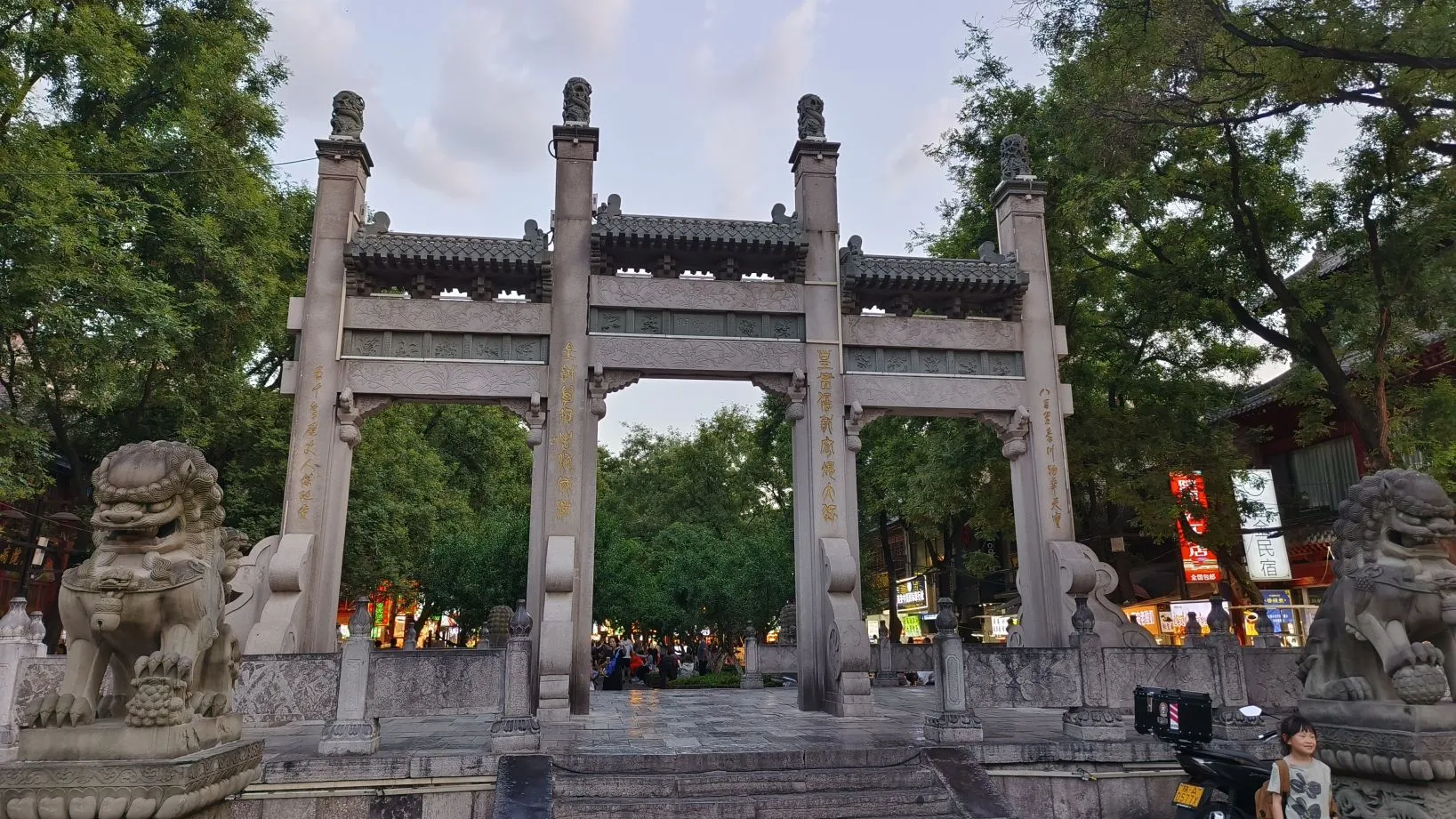
Big Wild Goose Pagoda Square and Tang Paradise
The Big Wild Goose Pagoda is located in the Daci’en Temple in Jinchengfang, Tang Chang’an City (now in the southern suburbs of Xi’an, Shaanxi Province), also known as the “Daci’en Temple Pagoda.” In the third year of Yonghui of the Tang Dynasty (652 AD), Xuanzang presided over the construction of the Big Wild Goose Pagoda to preserve the Buddhist scriptures and statues brought back to Chang’an from India via the Silk Road. Initially, it had five layers, later increased to nine, and then the number of layers and height were changed several times, finally fixed at the current seven-layer pagoda, with a total height of 64.517 meters and a base side length of 25.5 meters. As the earliest and largest existing square pavilion-style brick pagoda of the Tang Dynasty, the Big Wild Goose Pagoda is a typical example of the ancient Indian Buddhist temple architectural form integrating into Central Plains culture after Buddhism was introduced to China, and it is a landmark building that embodies the wisdom of ancient Chinese laborers. On March 4, 1961, the State Council designated the Big Wild Goose Pagoda as one of the first batch of national key cultural relics protection units. On June 22, 2014, at the 38th World Heritage Committee meeting held in Doha, Qatar, the Big Wild Goose Pagoda was successfully listed as a World Heritage Site as part of the “Silk Roads: the Routes Network of Chang’an-Tianshan Corridor” jointly applied for by China, Kazakhstan, and Kyrgyzstan.
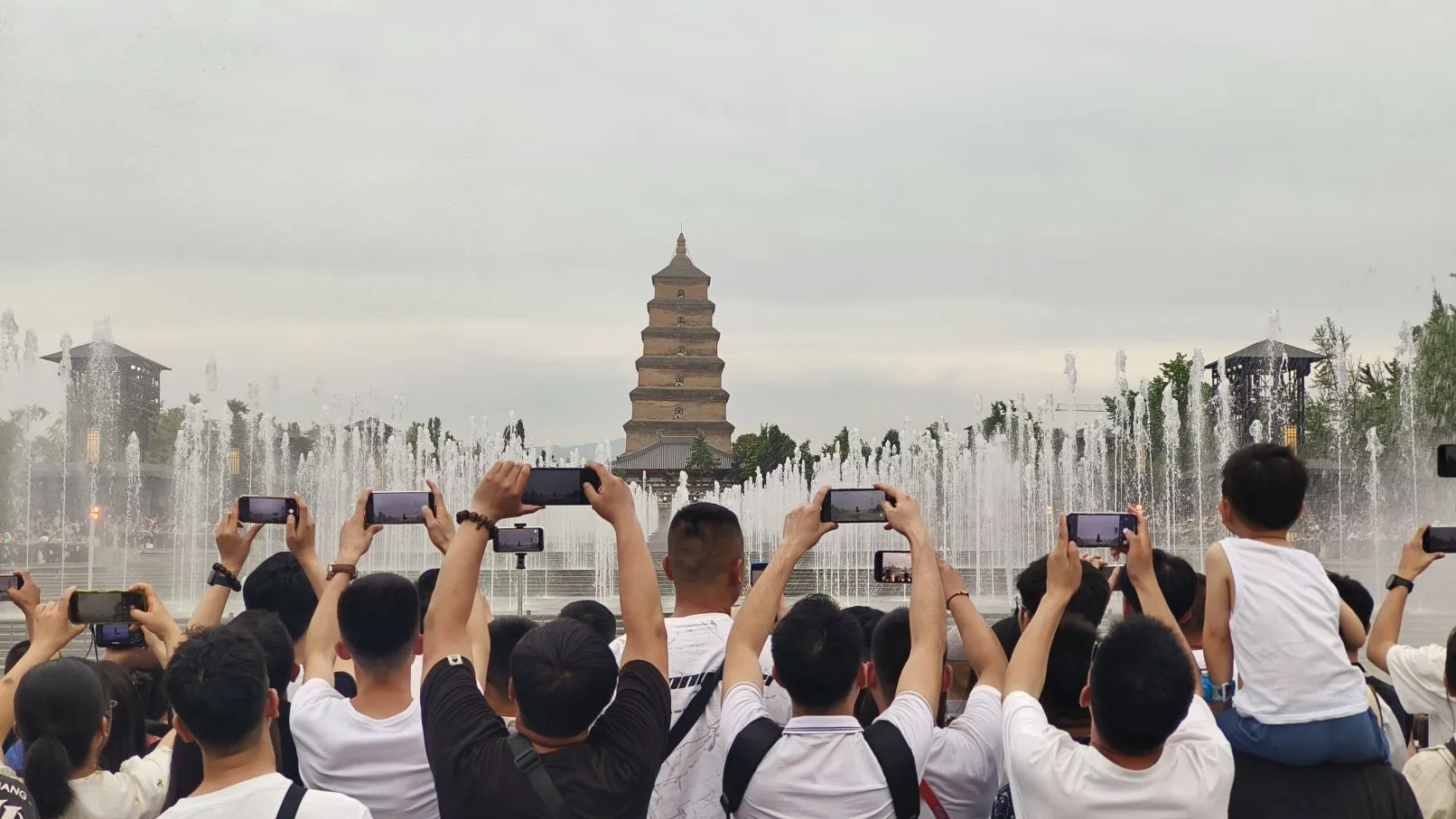
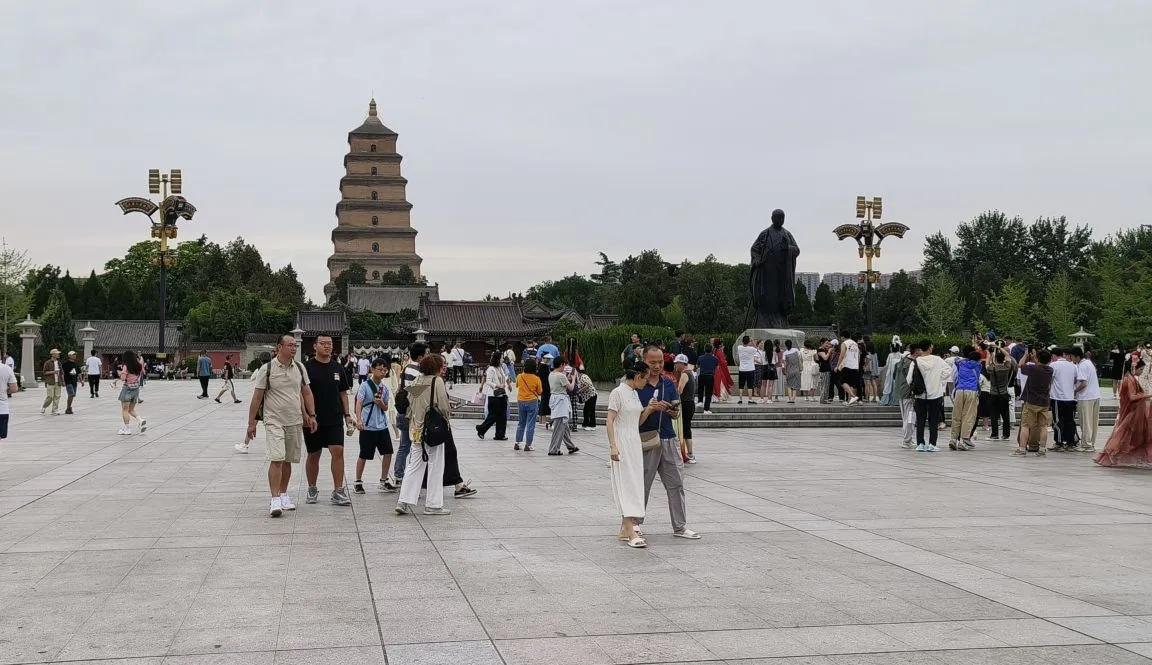
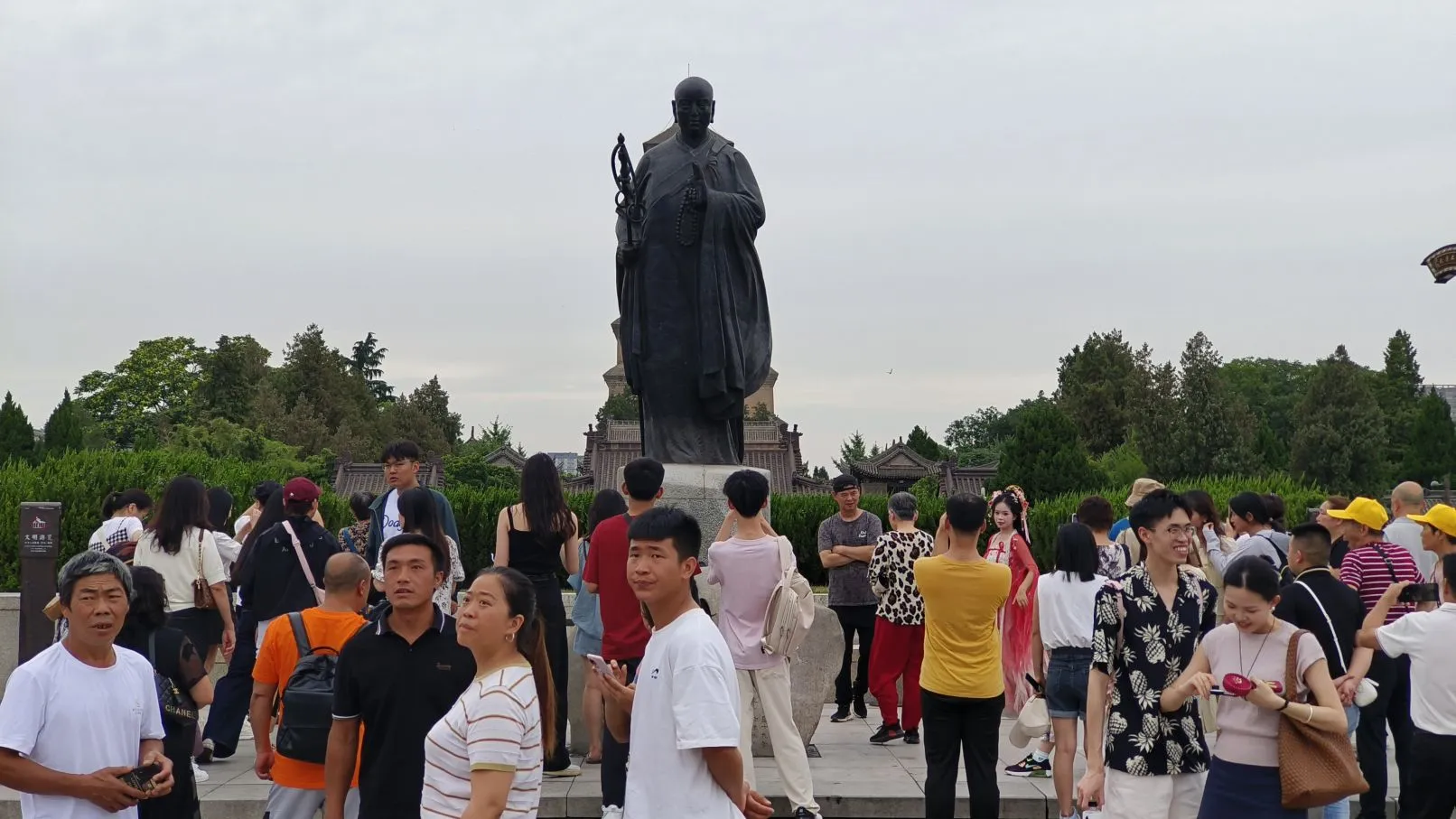
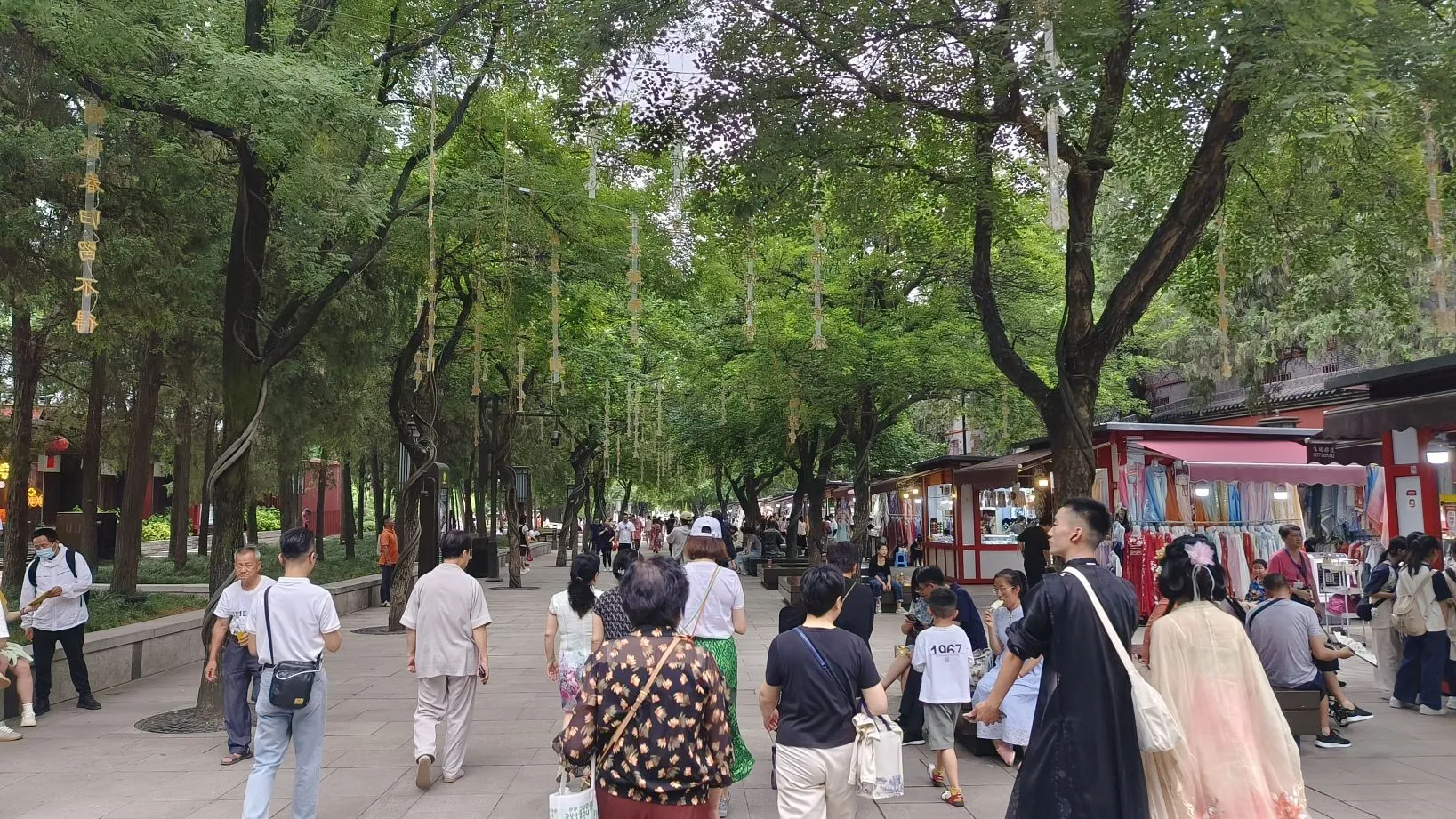
Saige International Shopping Center
Saige International Shopping Center is a large-scale comprehensive shopping mall located in the central business district of Xi’an, Shaanxi Province. It is one of the largest shopping centers in Northwest China, integrating shopping, dining, entertainment, and leisure. The mall has a unique architectural design and a wide range of international brands, making it a popular destination for both locals and tourists.
 ### International Shopping Center
### International Shopping Center
The total construction area of the International Shopping Center is 250,000 square meters, with a commercial area of approximately 190,000 square meters. The building structure consists of 11 floors above ground and 2 floors underground, totaling 13 floors. It is a metropolitan shopping center that integrates shopping, leisure, business, socializing, dining, and entertainment. According to the 2019 China Shopping Center Rating Standards, it has been rated as a National Five-Star Shopping Center.
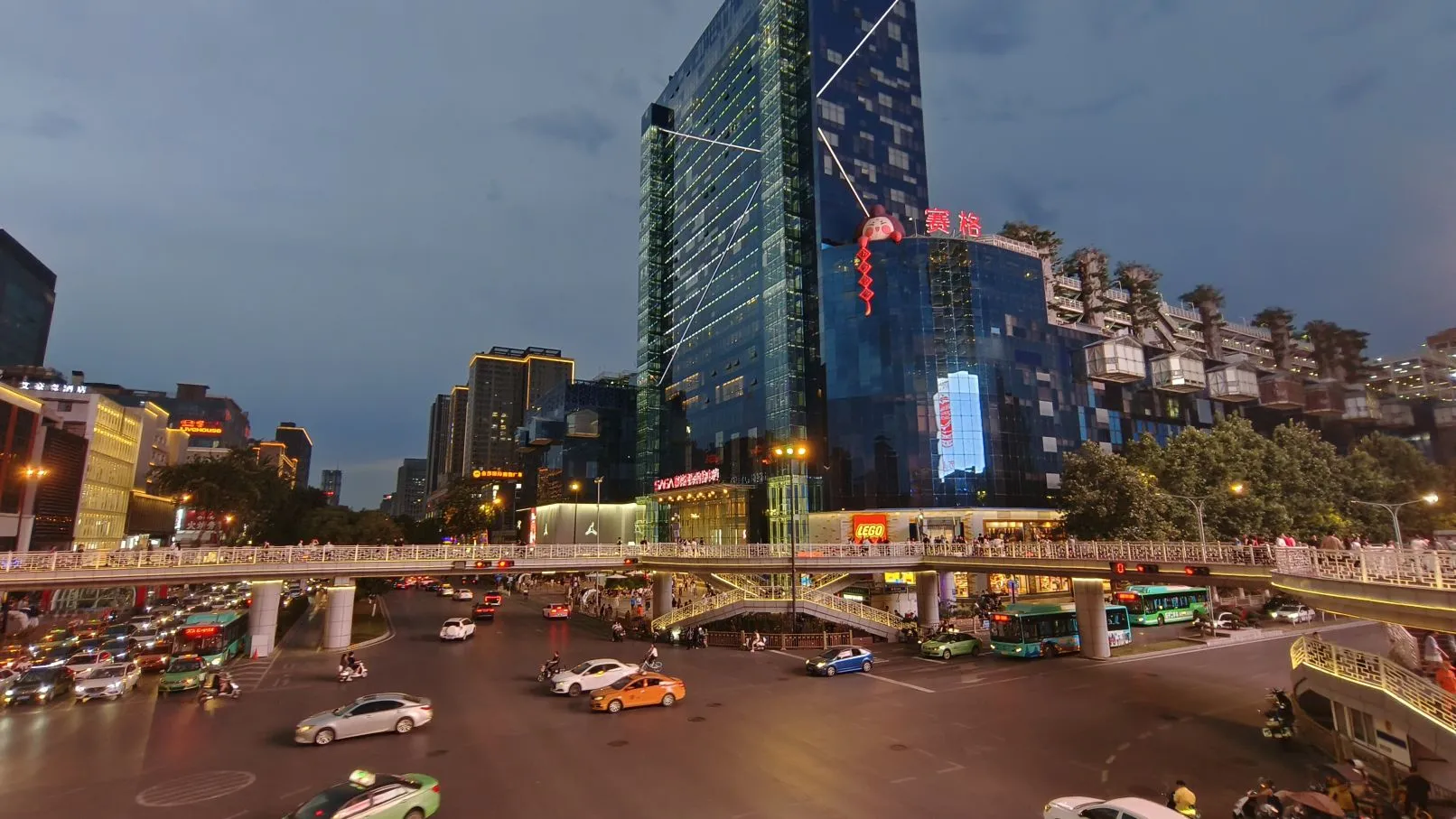


Sajinqiao Traditional Folk Street
Sajinqiao is located within the Hui Quarter of Lianhu District, Xi’an City, Shaanxi Province. It stretches 800 meters from Lianhu Road in the north to Xinsi Lane in the south. During the Southern Song and Yuan Dynasties, it was known as Tielu Street, and in the Ming Dynasty, it was renamed Tielu Lane. In the late Qing Dynasty, it was named Shajia Bridge after the Sha family who lived in the northern section of the street, and later it was changed to Sajinqiao.
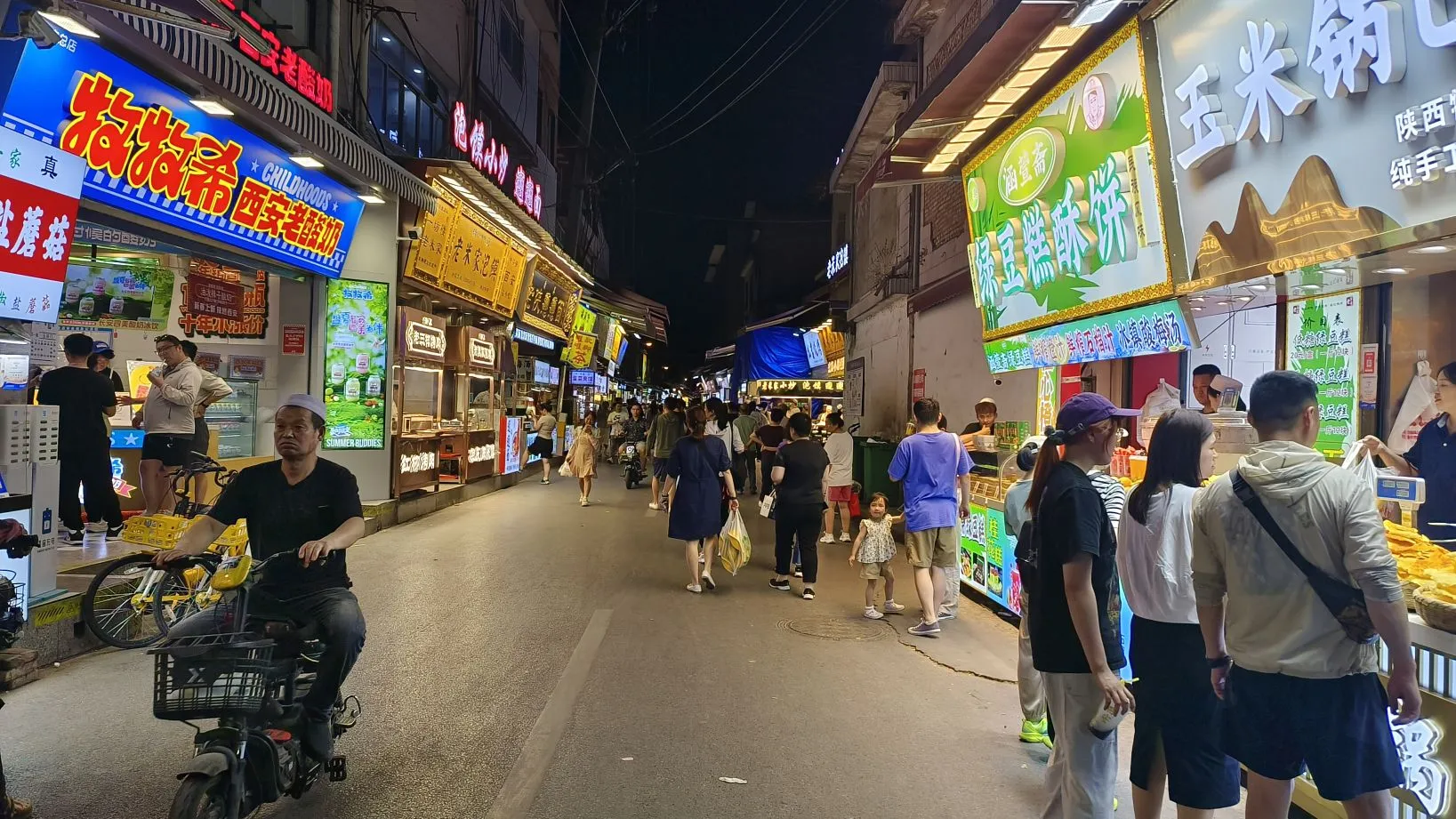

Northwest University of Political Science and Law
Northwest University of Political Science and Law (NWUPL), abbreviated as “Xifada,” is located in Xi’an, the capital of Shaanxi Province. It is jointly established by the central government and Shaanxi Province. The university is characterized by its strong focus on law, with philosophy, economics, management, and literature as supporting disciplines, creating a multidisciplinary university that coordinates and develops harmoniously. It is a high-level university in Shaanxi Province and a member of the “First-Class Discipline” construction project in Shaanxi. It has been selected for the national “Outstanding Legal Talent Education and Training Program” and the National College Students’ Innovation and Entrepreneurship Training Program. NWUPL is a member of the traditional “Five Institutes and Four Departments” of law and a founding member of the “Legal Universities Alliance” and the “Chang’an Alliance” of Shaanxi universities. It serves as the legal education research center in Northwest China. NWUPL originated from the North Shaanxi Public School founded by the Communist Party of China in 1937 and Yan’an University in 1941. It has gone through various periods, including the Northwest People’s Revolutionary University, the Northwest Political and Legal Cadre School, and the Northwest Branch of the Central Political and Legal Cadre School. In 1958, the Law Department of Northwest University merged with the Northwest Branch of the Central Political and Legal Cadre School to form Xi’an Institute of Political Science and Law. In 1963, it was renamed Northwest Institute of Political Science and Law. In 2000, it was transferred from the Ministry of Justice to Shaanxi Province, becoming a university jointly managed by the central and local governments, with local management as the primary focus. In 2006, it was renamed Northwest University of Political Science and Law.
Since NWUPL is no longer supported by central government funding and is instead funded by Shaanxi Province, which, as a western province, has limited economic strength and numerous universities, it is difficult for Shaanxi to provide substantial support to NWUPL. As a result, NWUPL’s budget ranks second to last among all public undergraduate “universities” in China, only higher than Tibet University of Traditional Medicine. In 2024, its budget was only 300 million yuan.
This ranking surprised me greatly because my alma mater, Foshan University of Science and Technology (now renamed Foshan University), was ranked second among all public undergraduate “colleges” in China before its name change, second only to the Civil Aviation Flight University of China. In 2024, its budget was 1.83 billion yuan, six times that of NWUPL.
The situation is similar in the application for doctoral programs. NWUPL has been applying for a doctoral program for 27 years, but in this round of applications, it is only ranked third in Shaanxi Province, making approval difficult. In contrast, Foshan University is applying for a doctoral program for the first time this year and is already ranked first in Guangdong Province. For this doctoral program, Foshan University has invested over 500 million yuan. This highlights the impact of local economic conditions on university development.
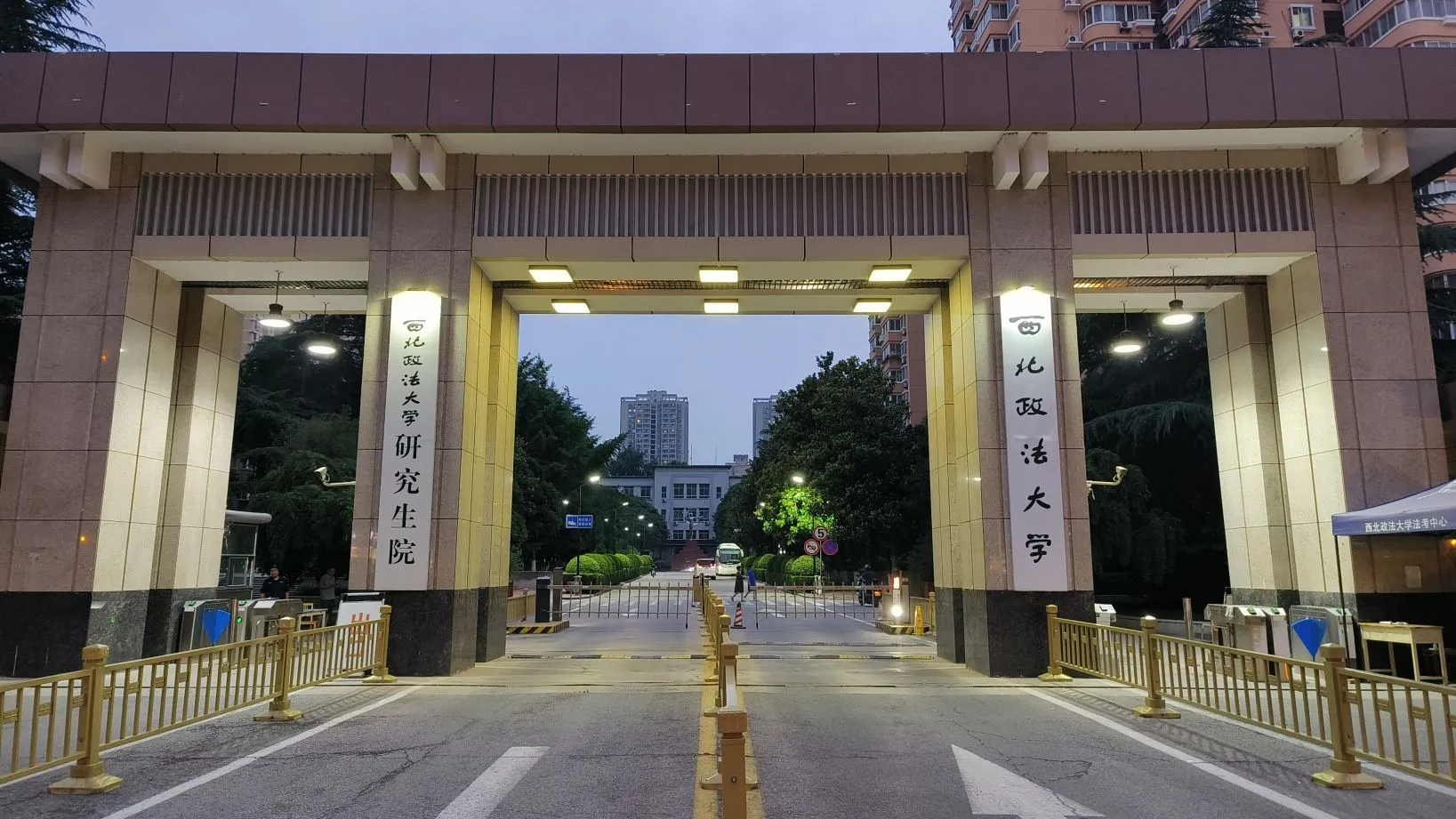
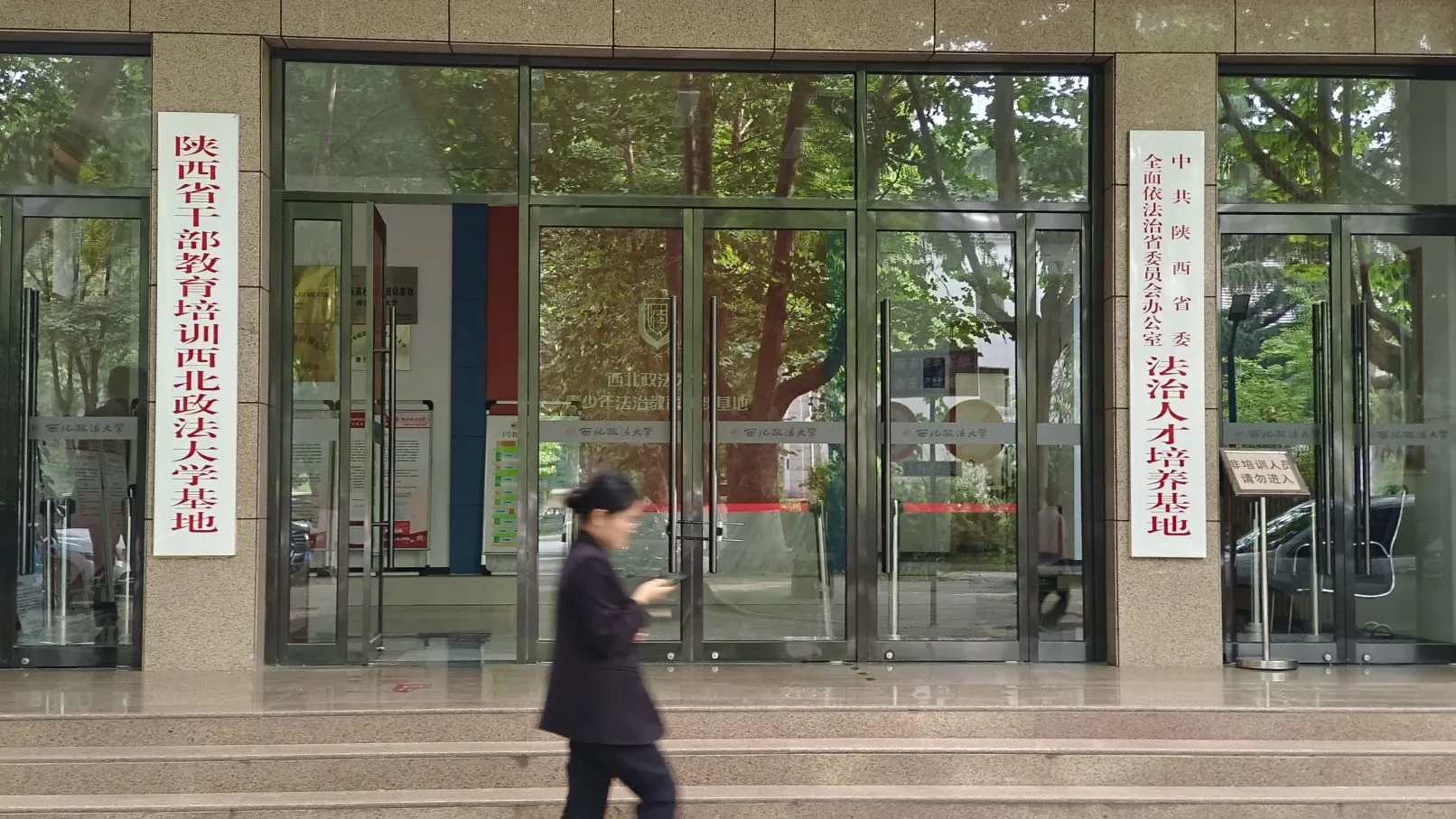
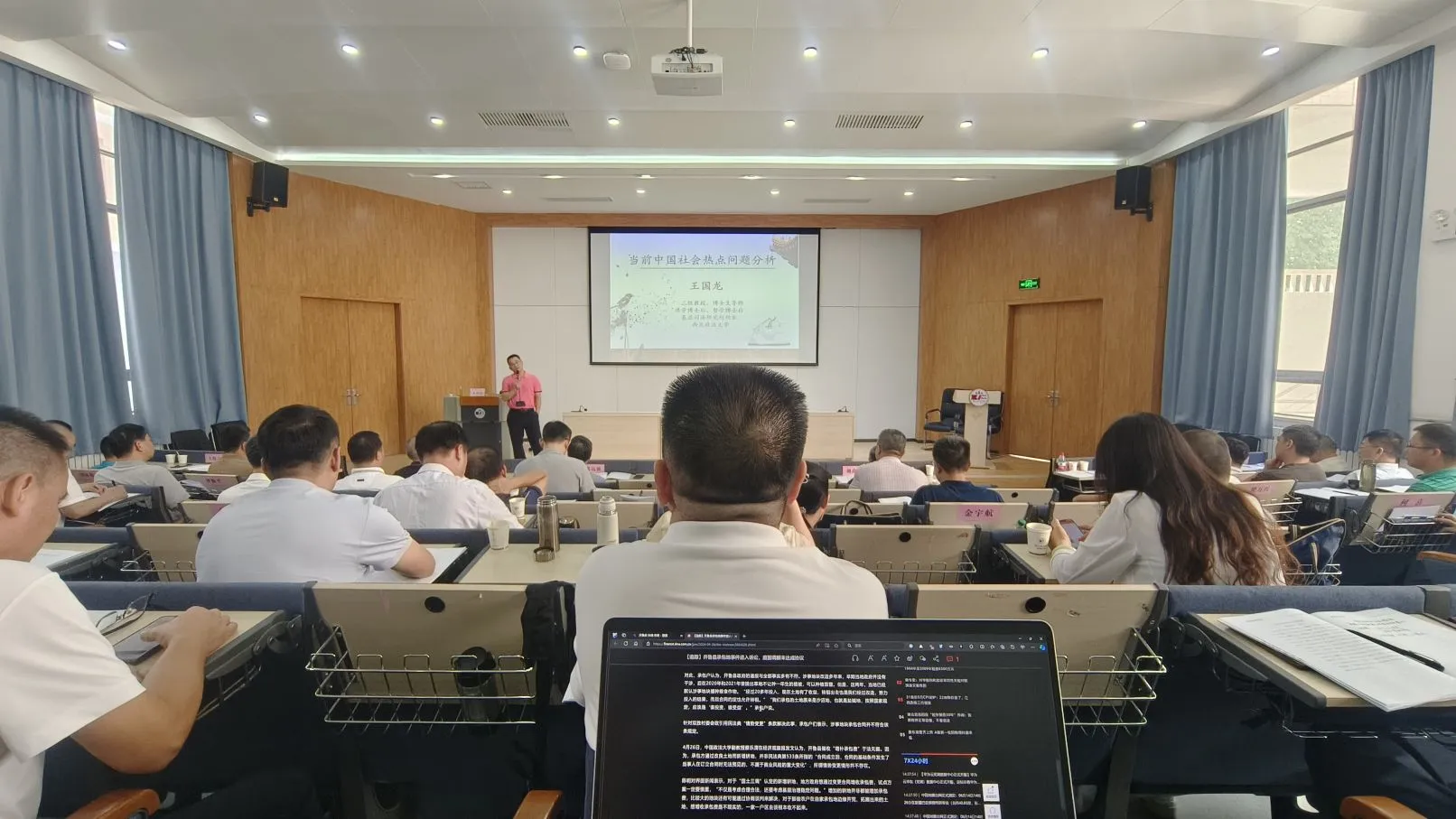
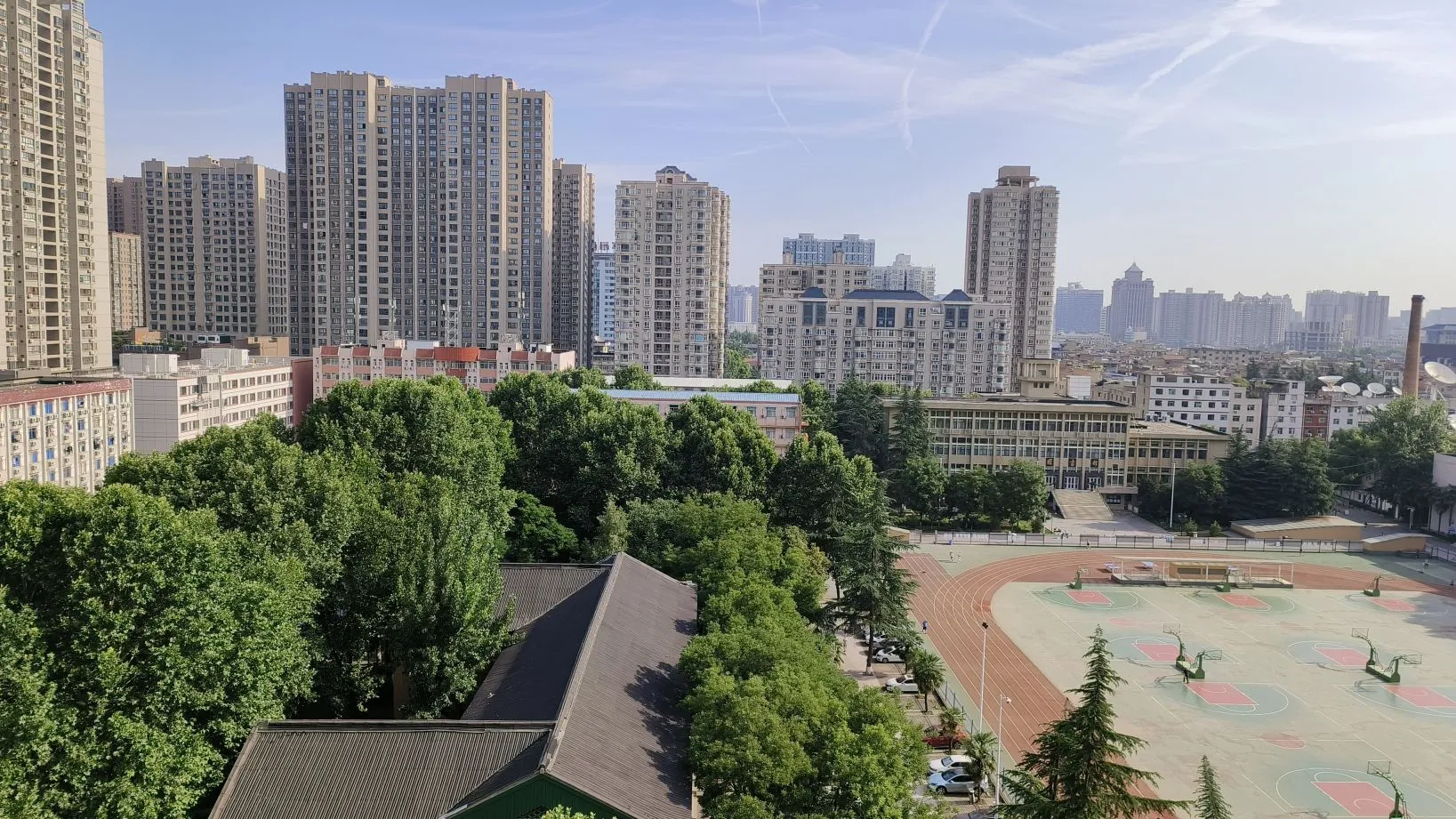
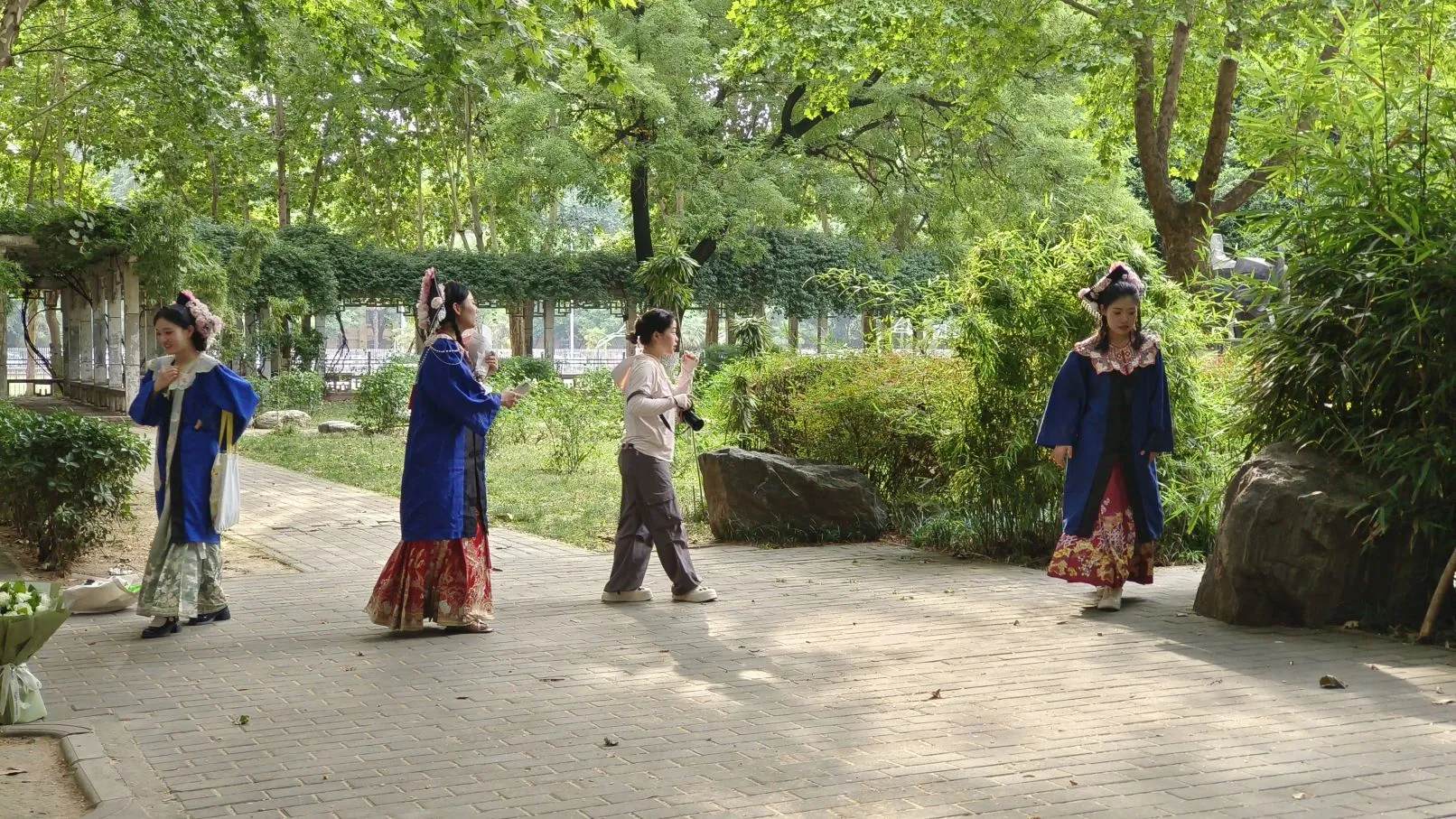

Round Trip Journey
